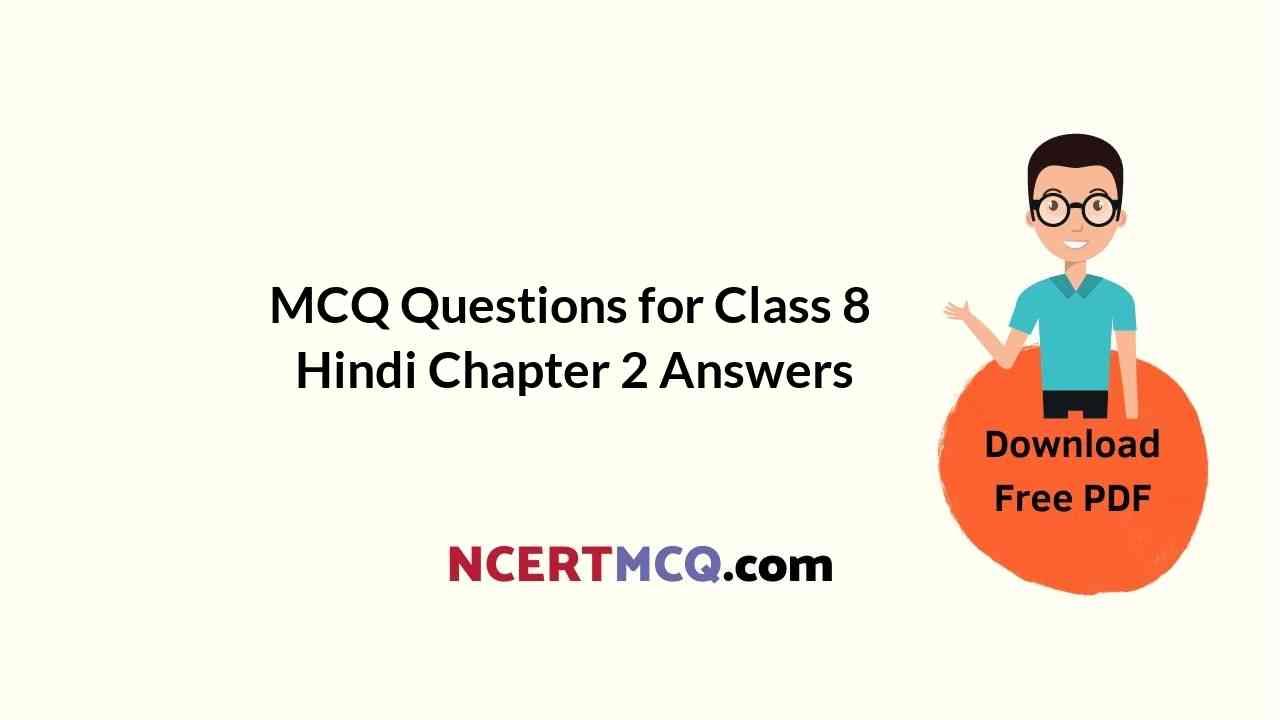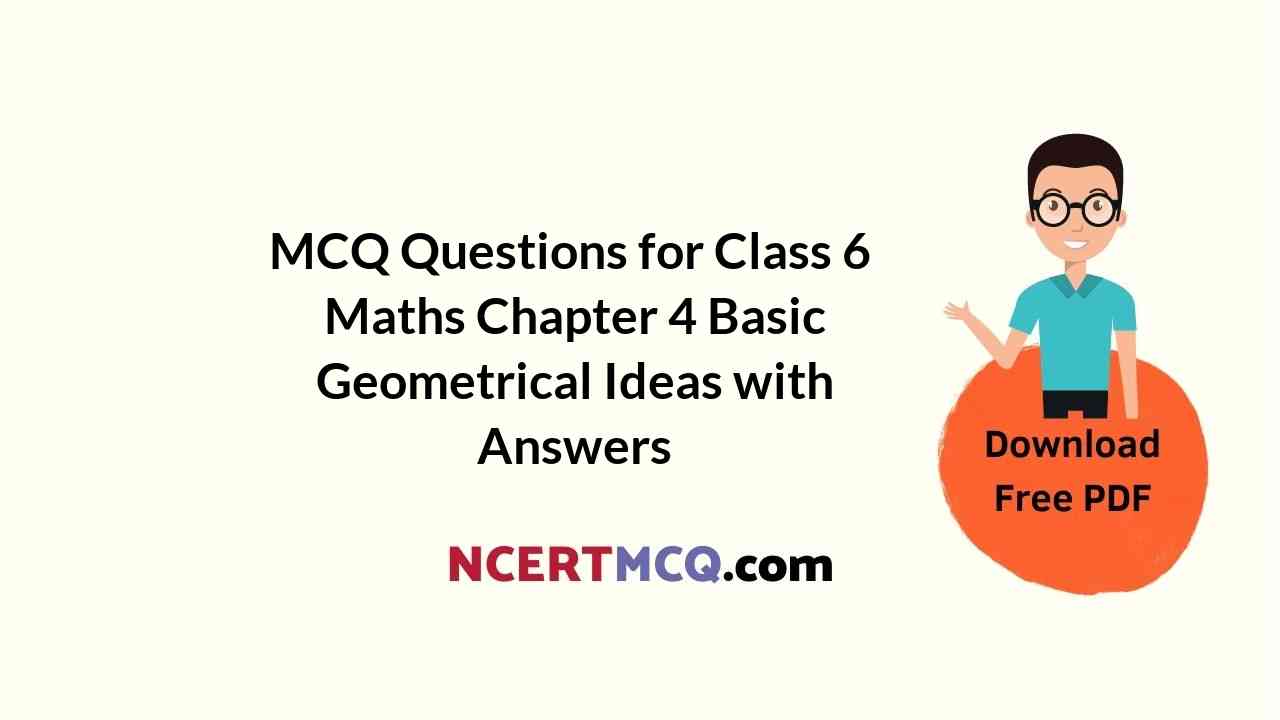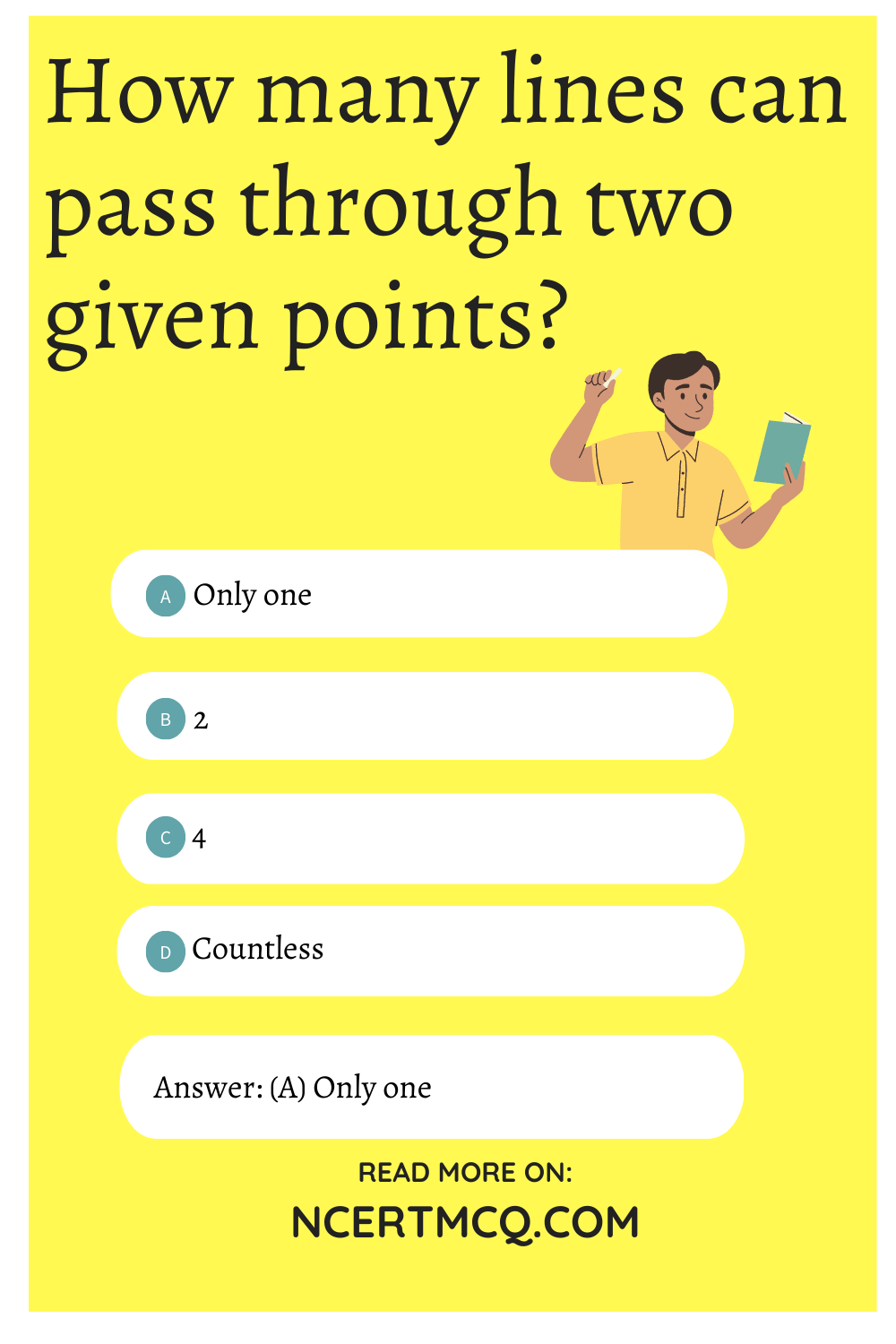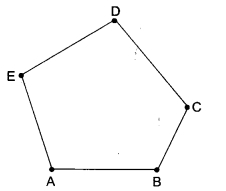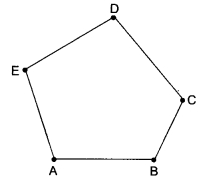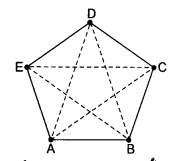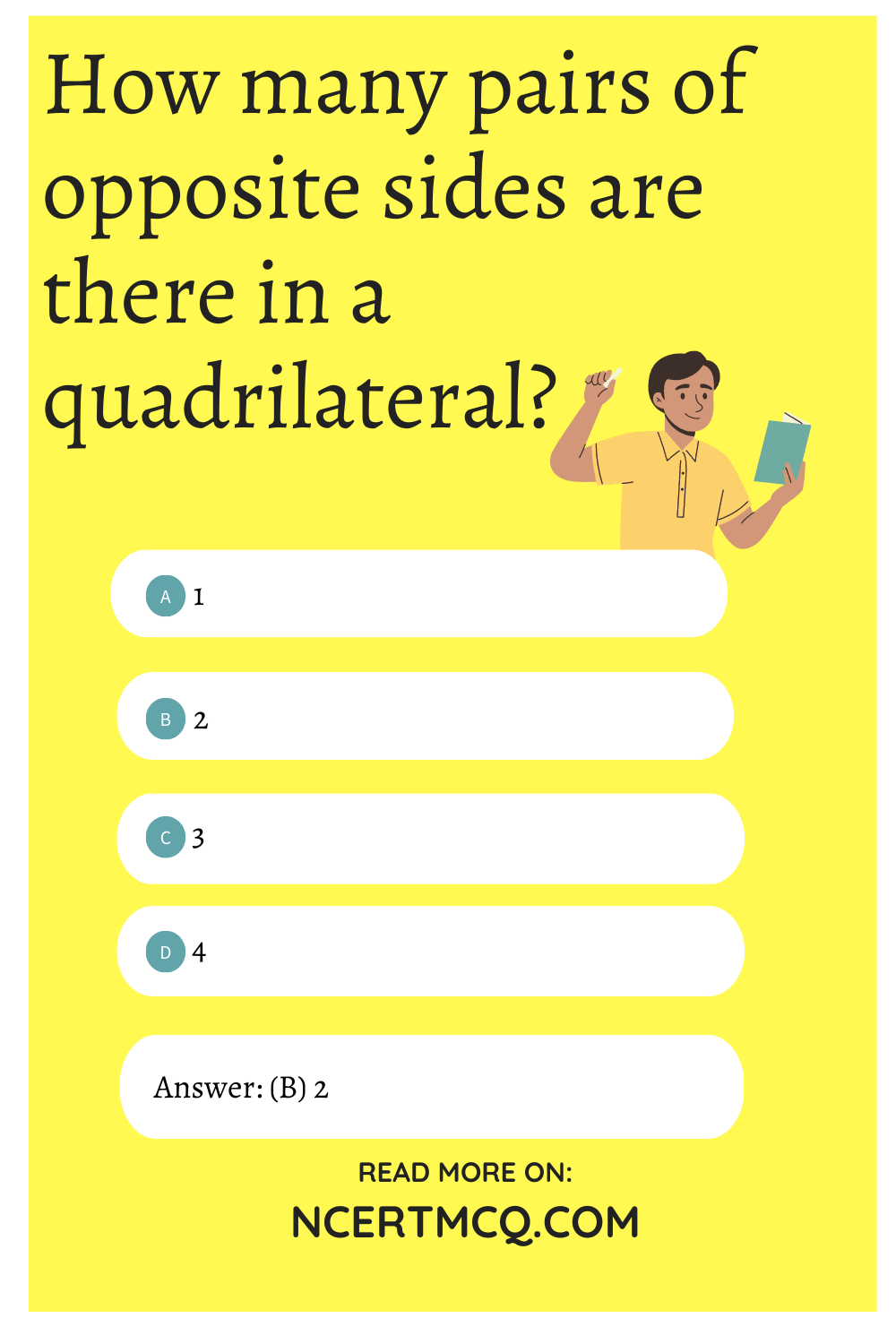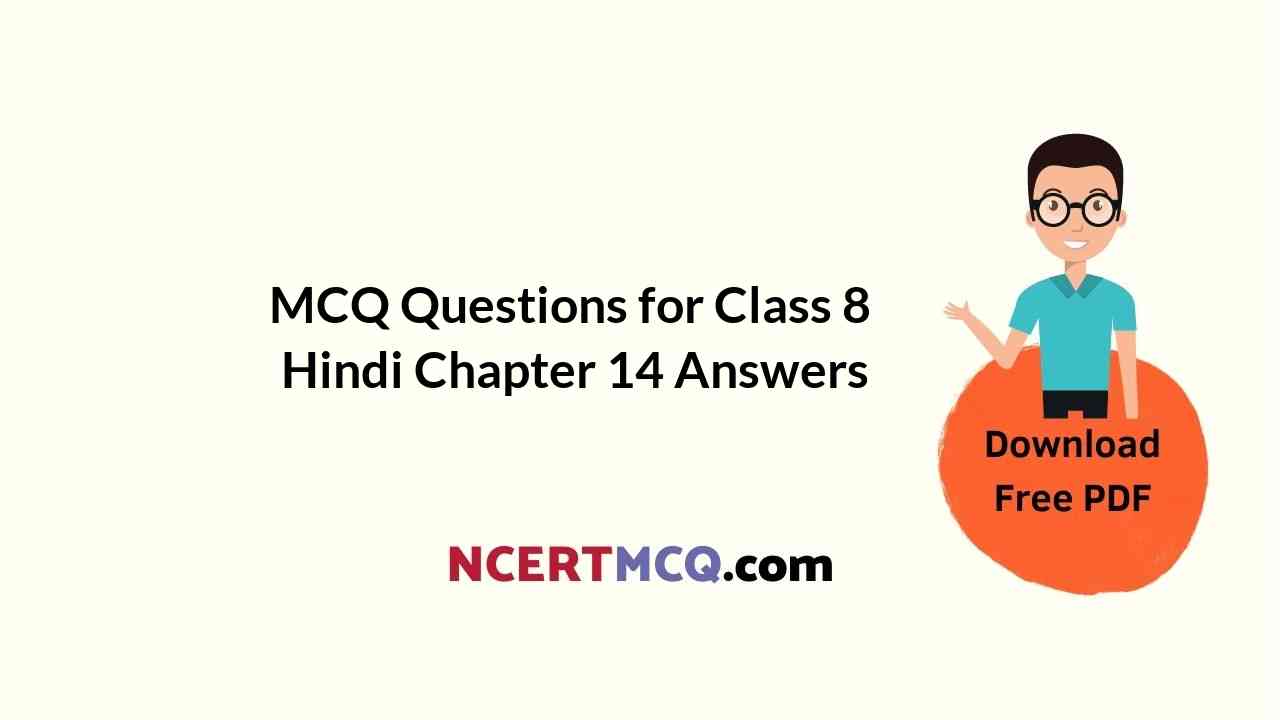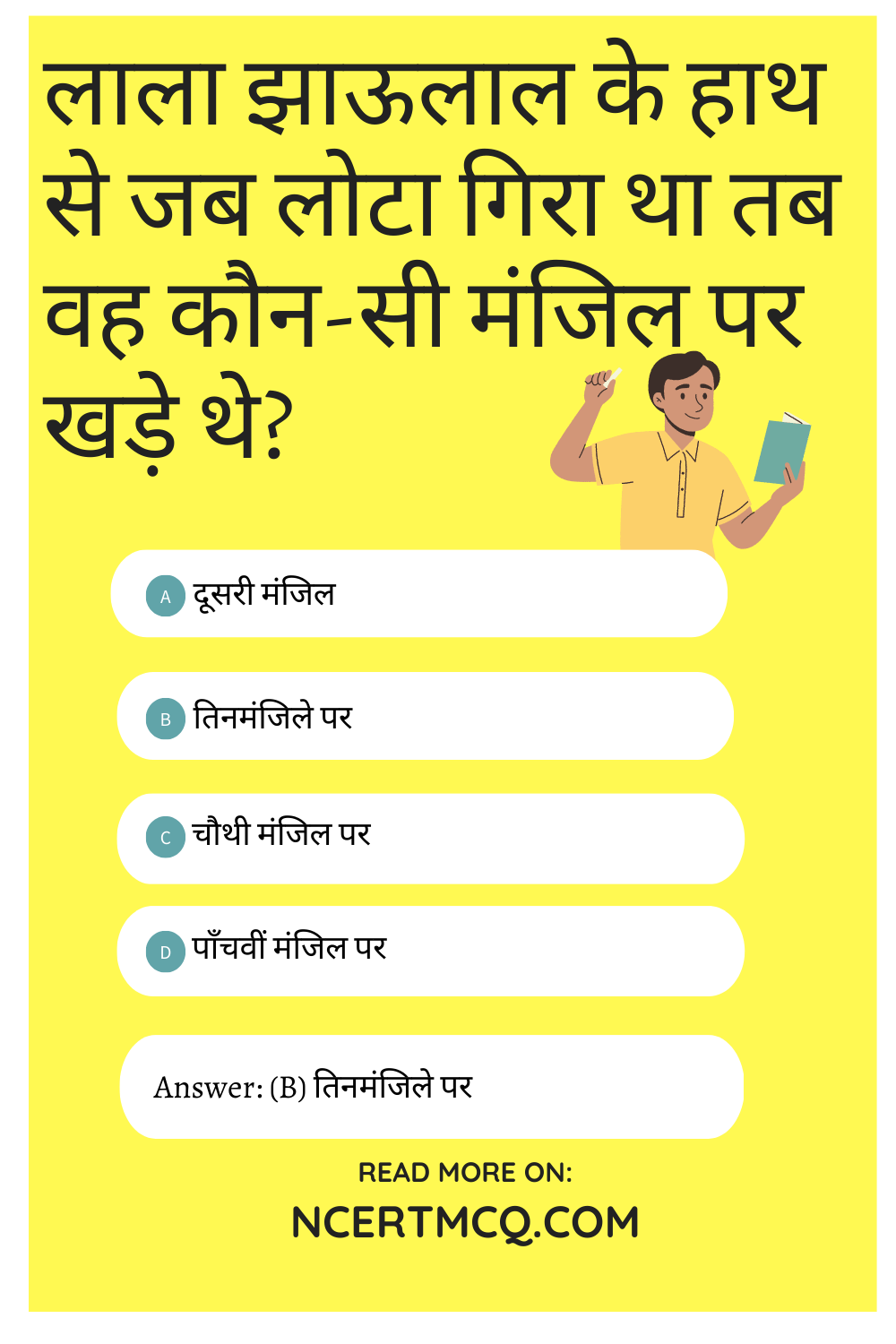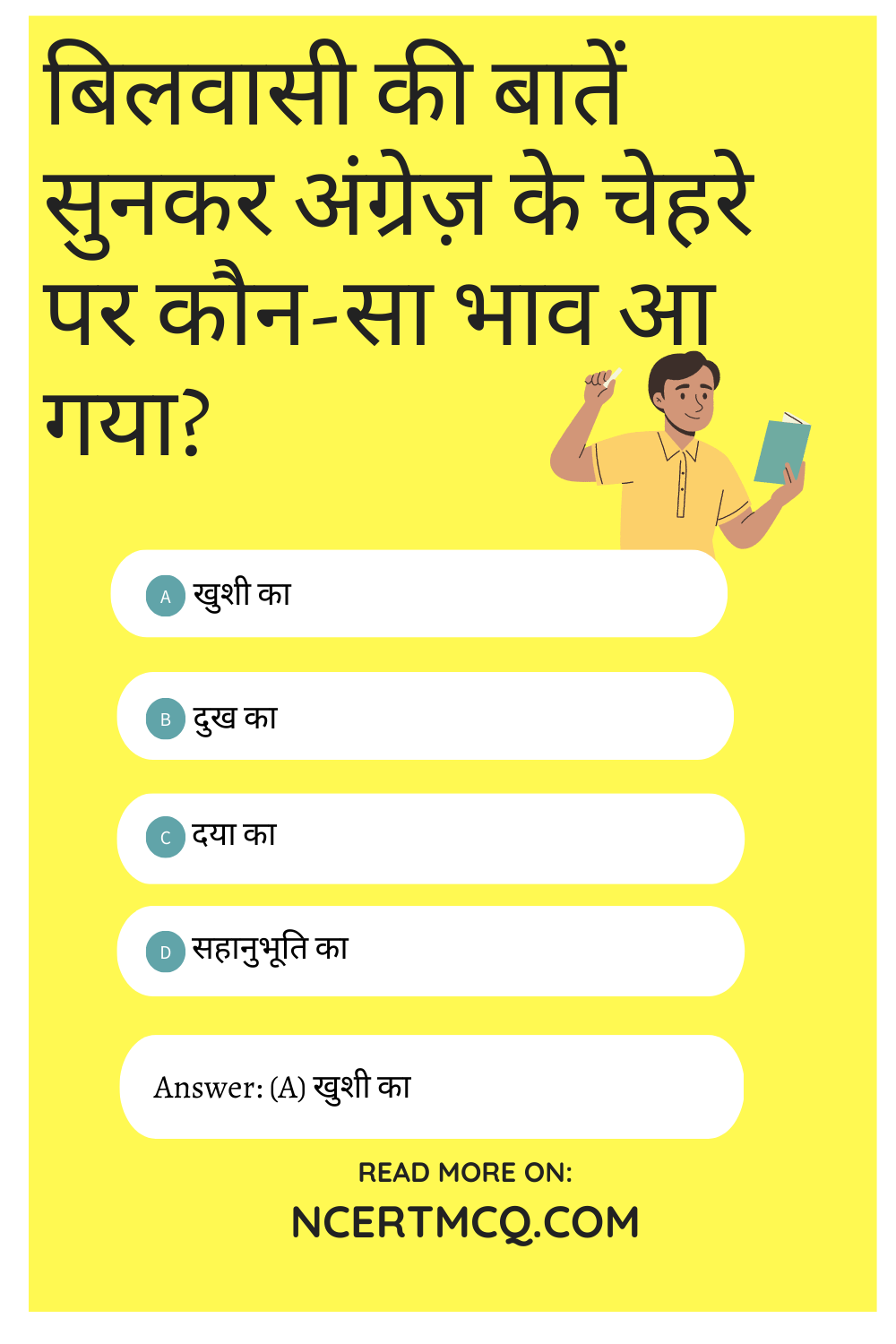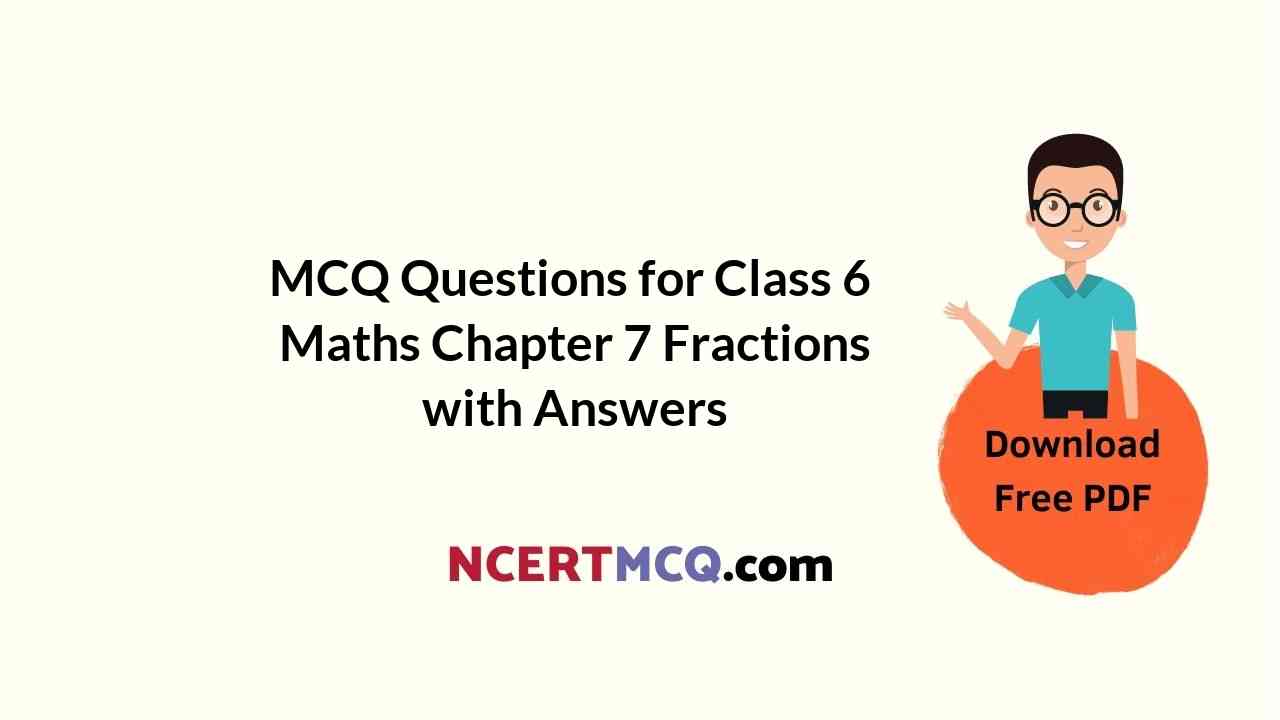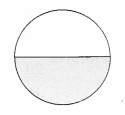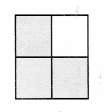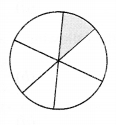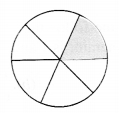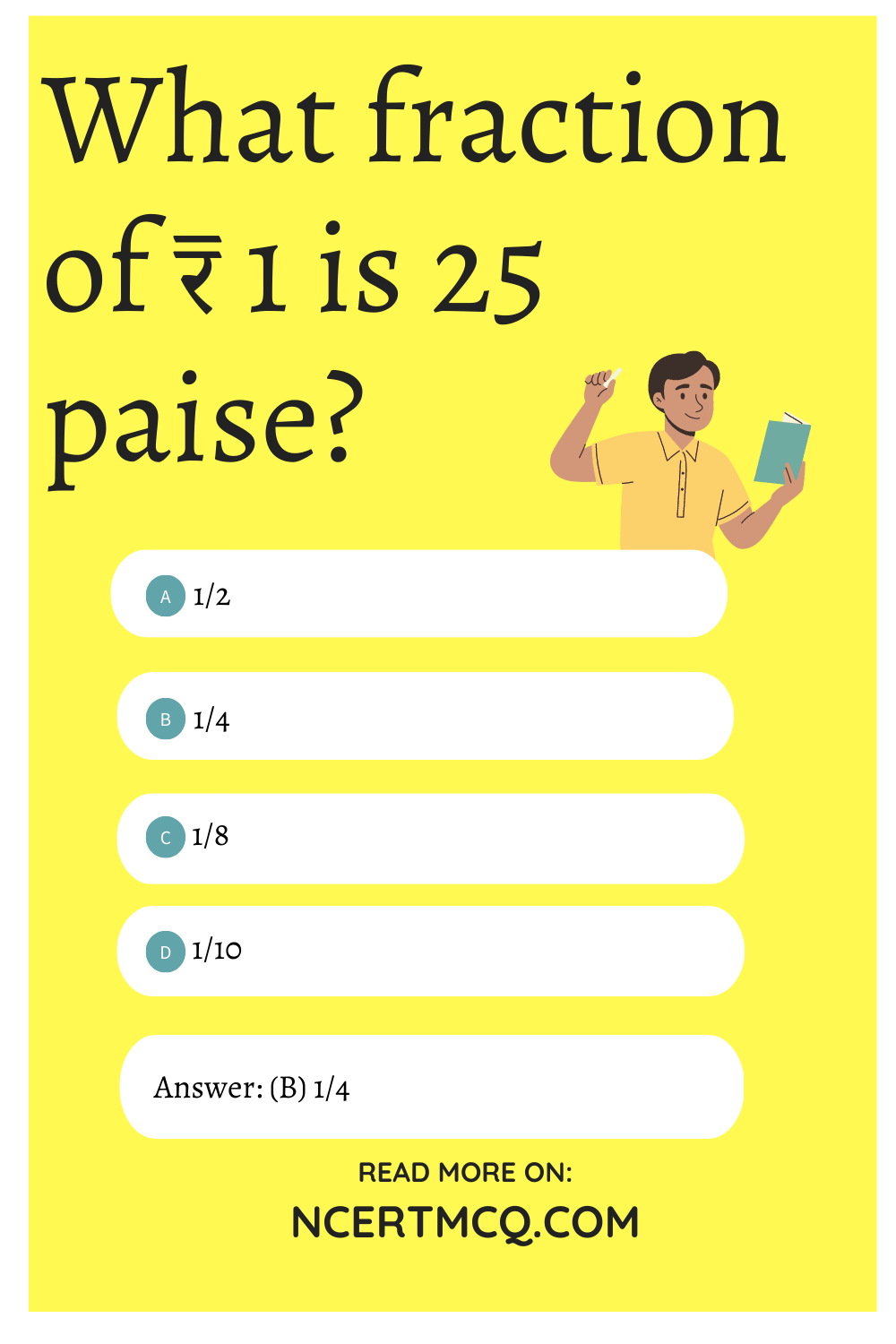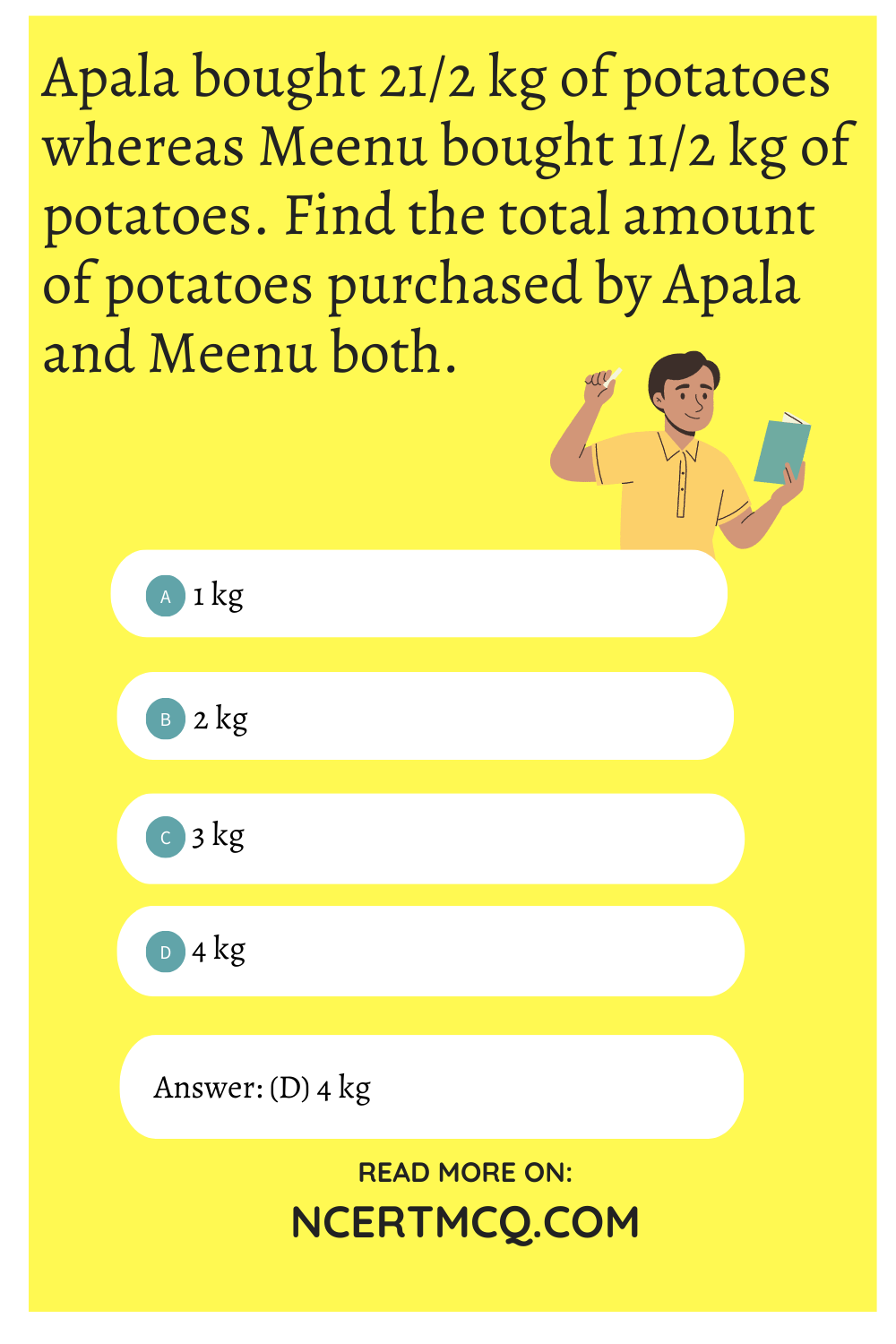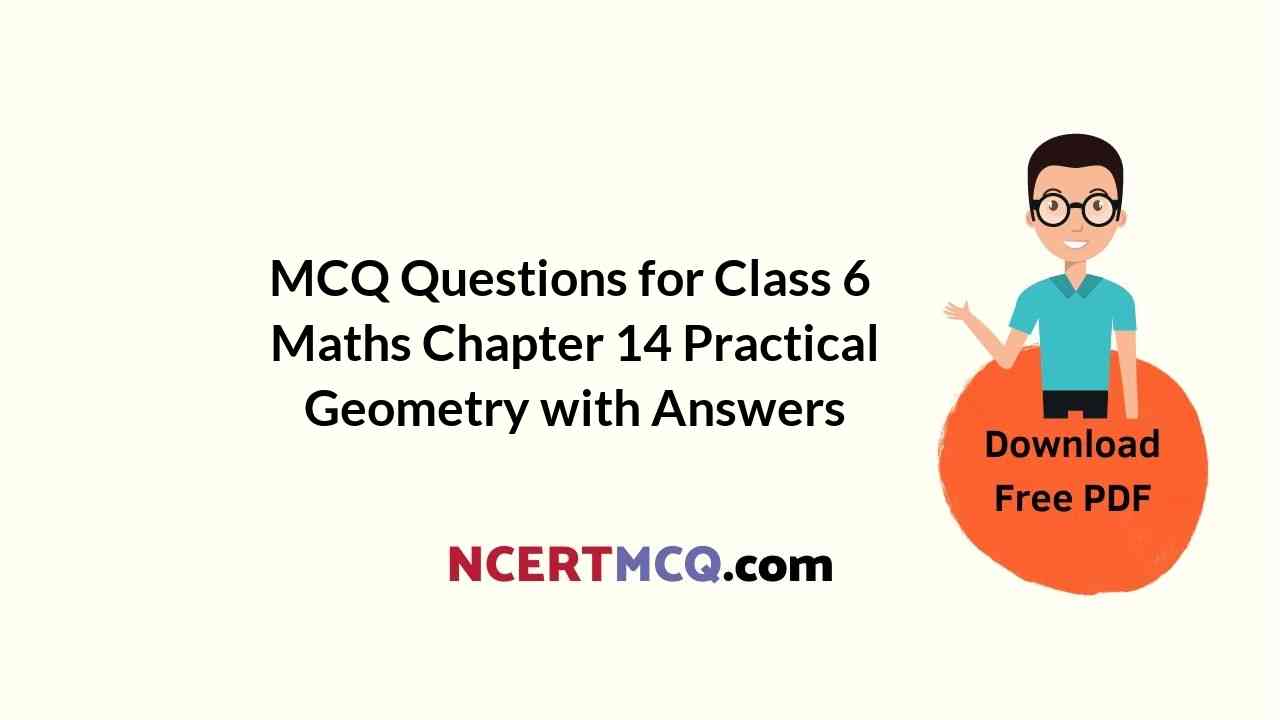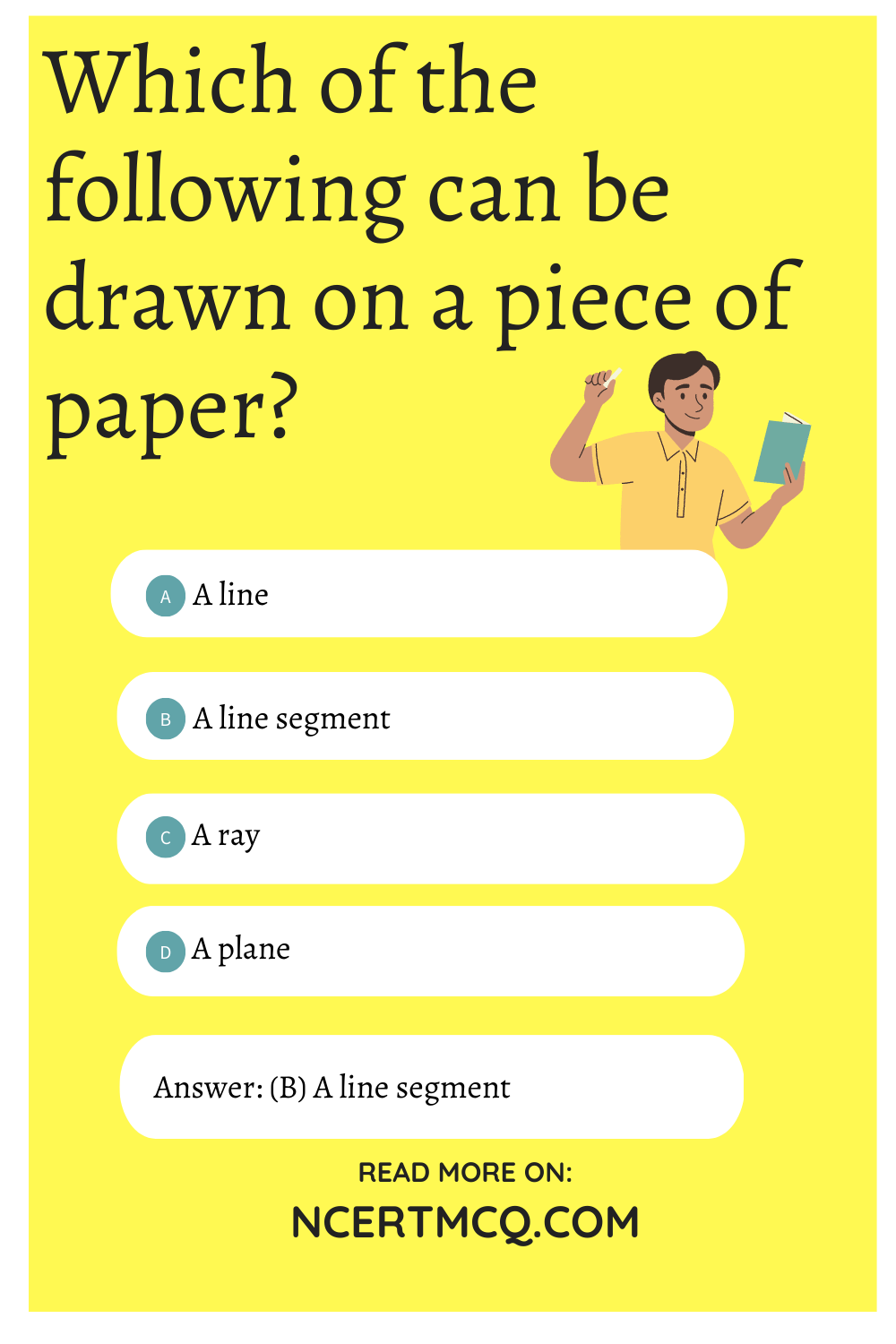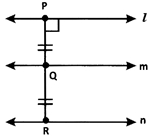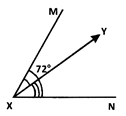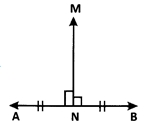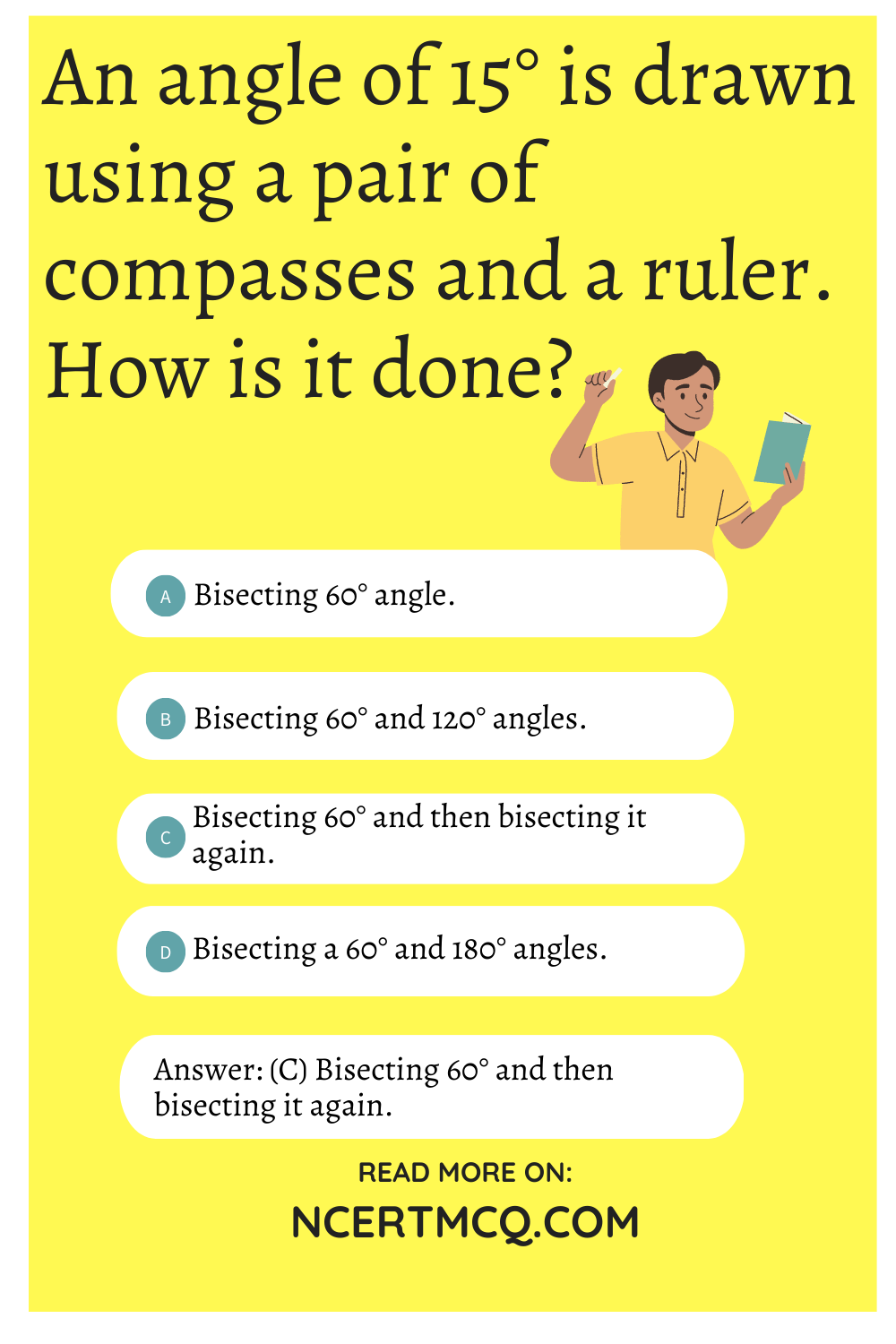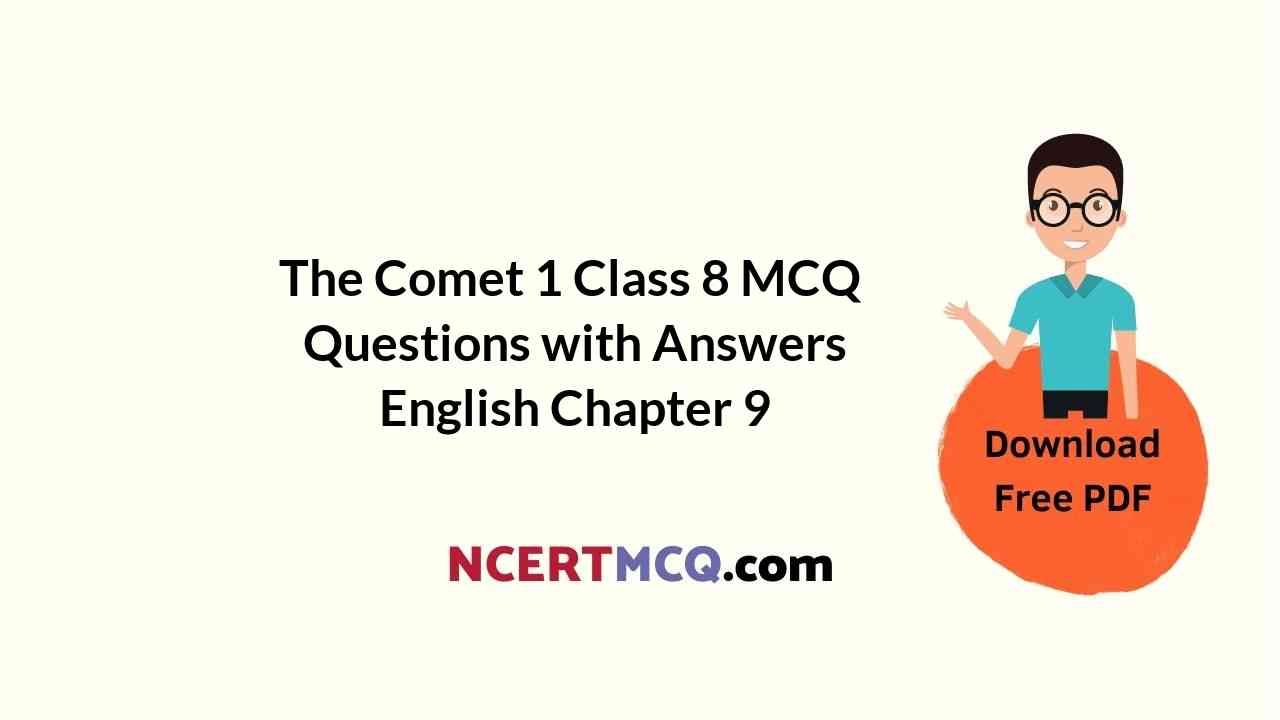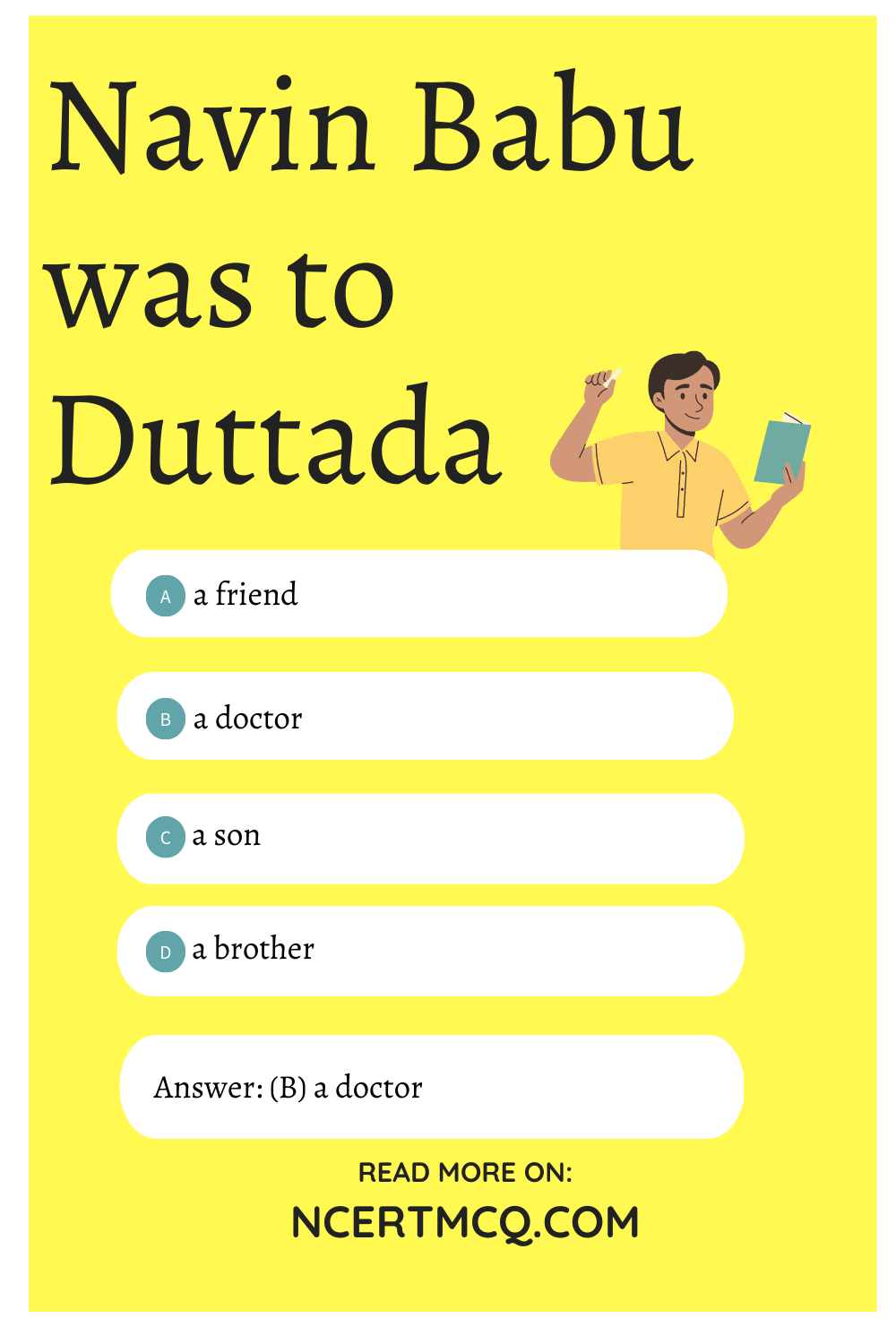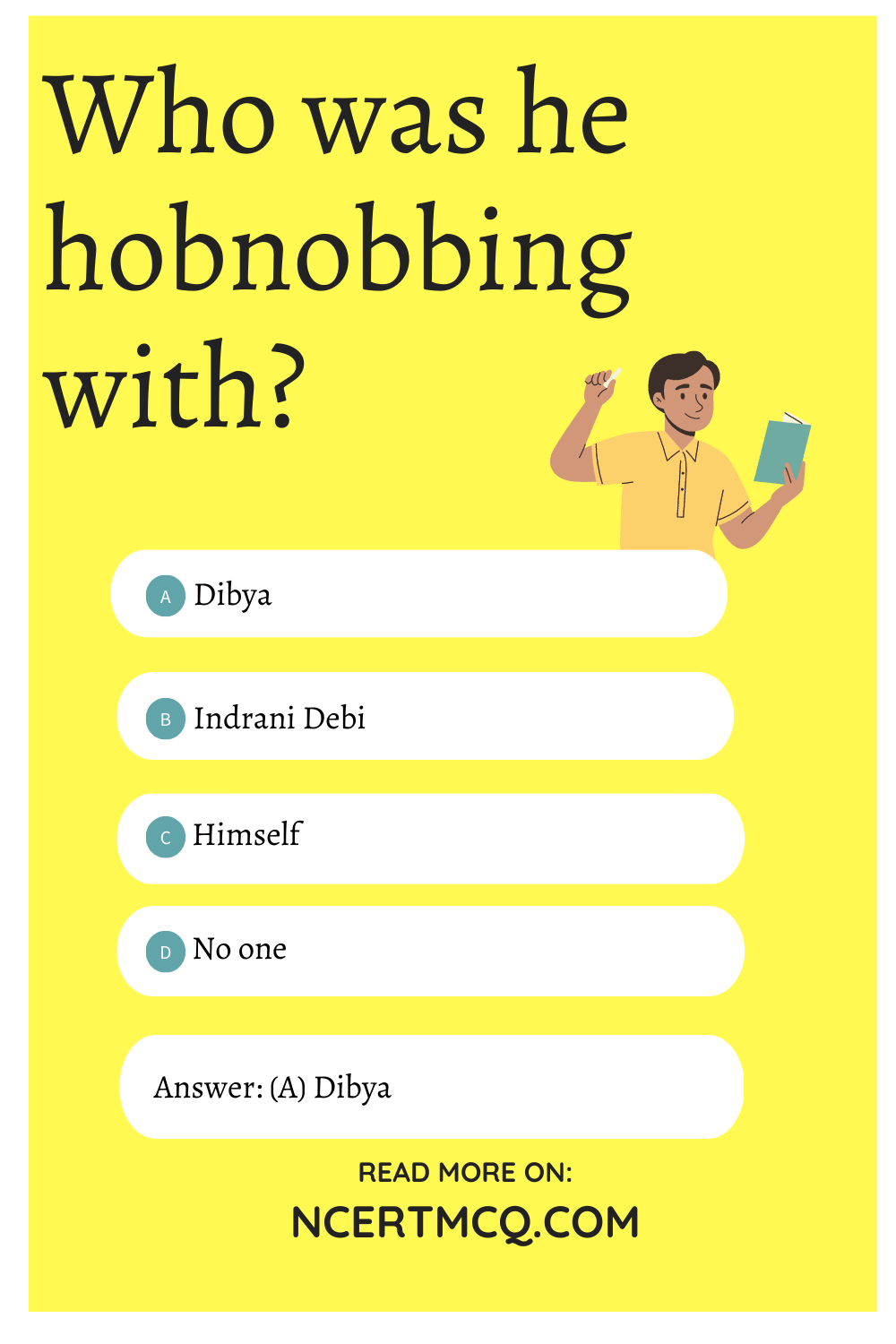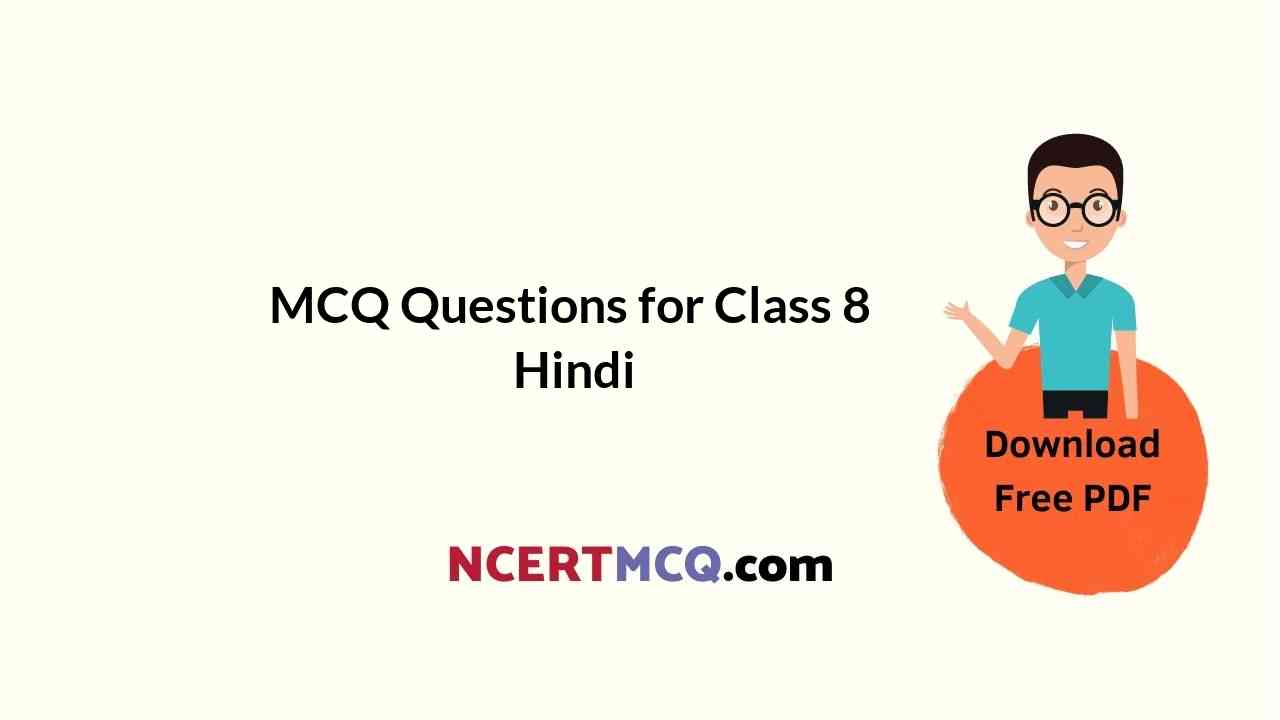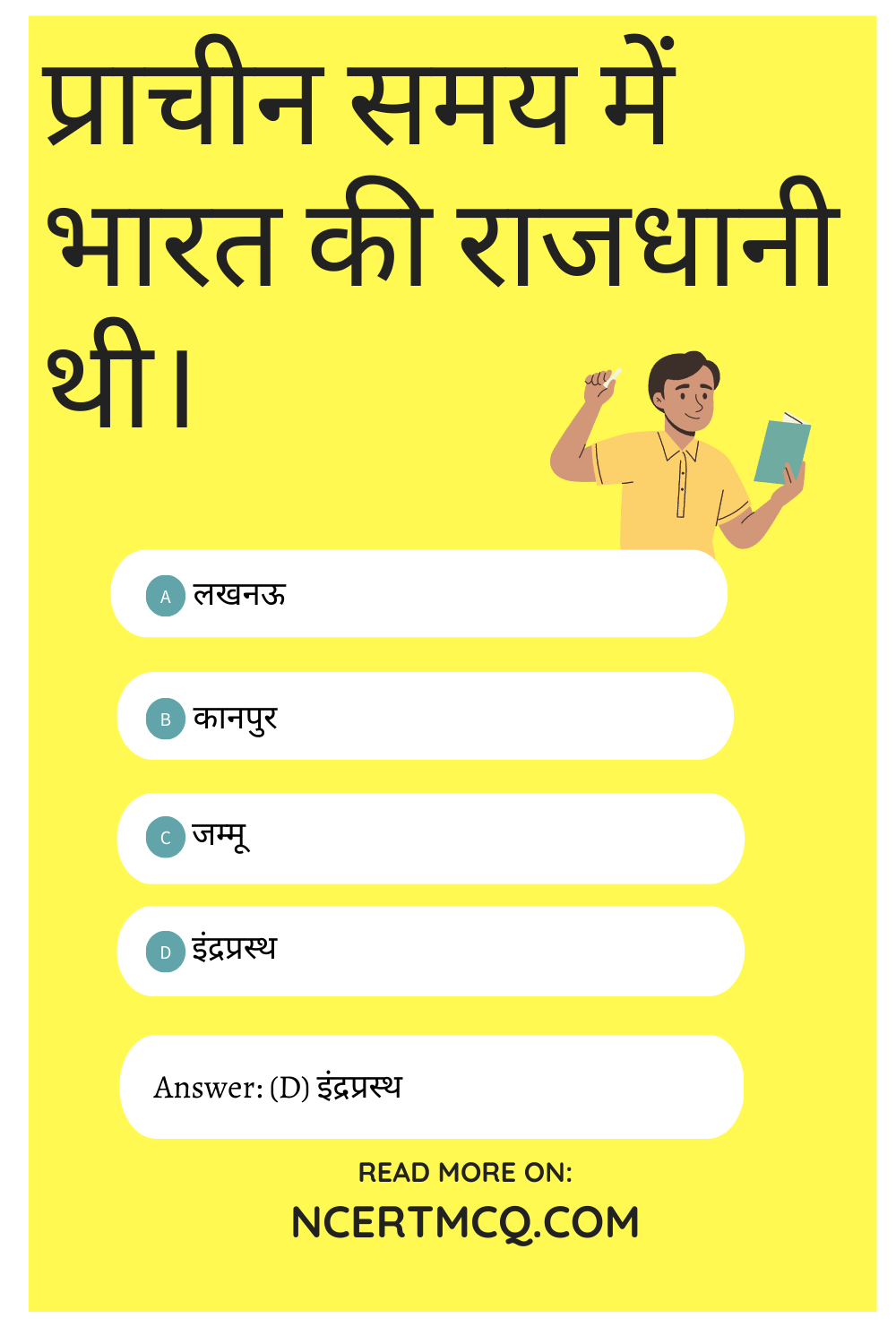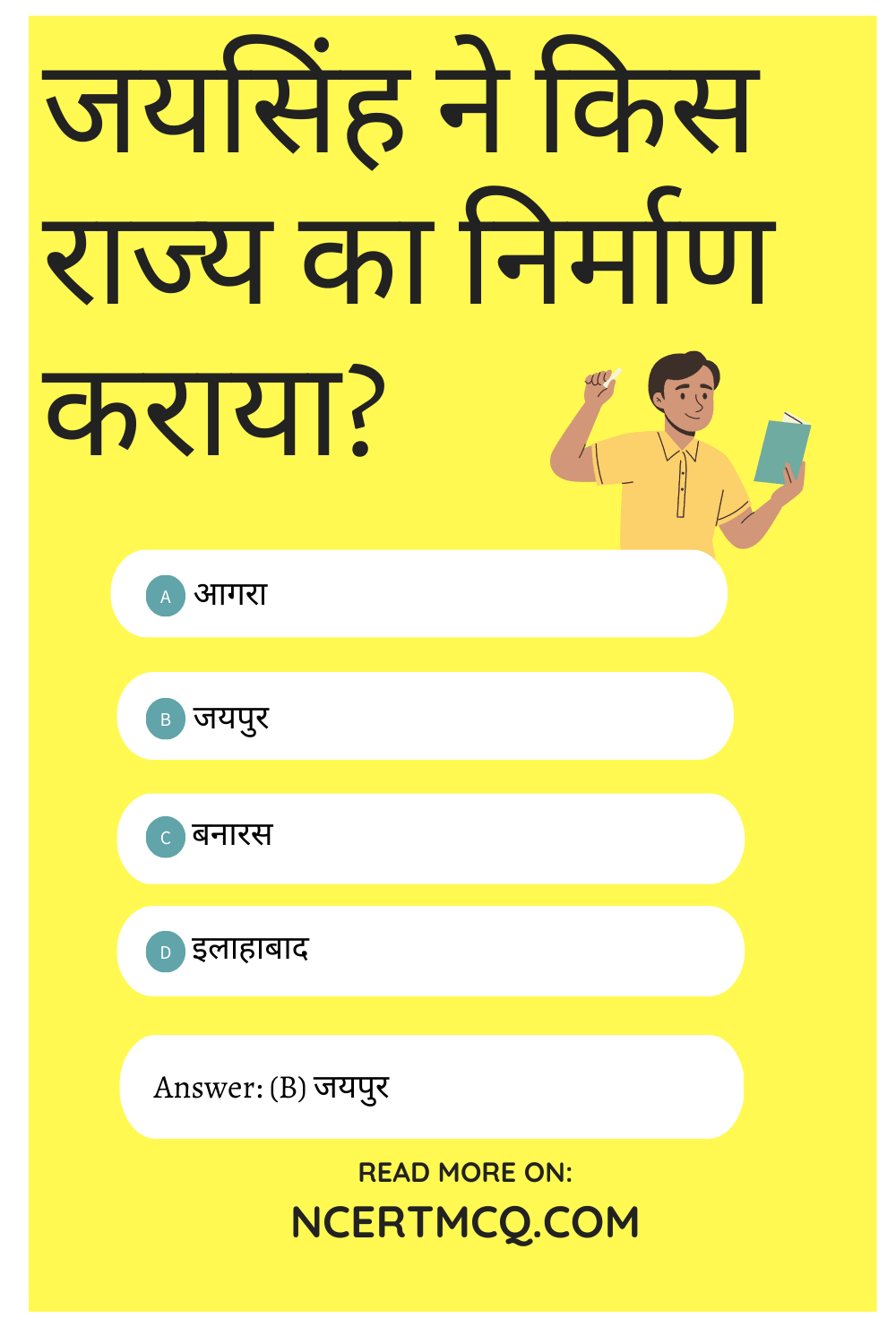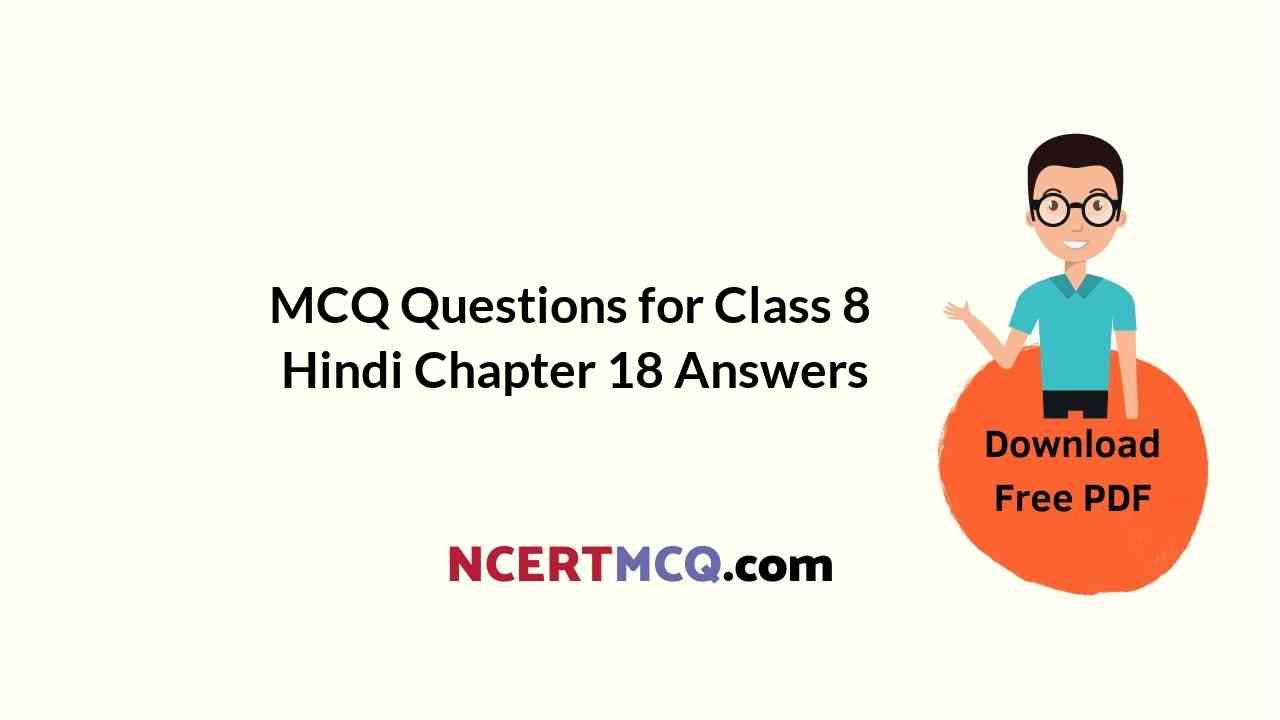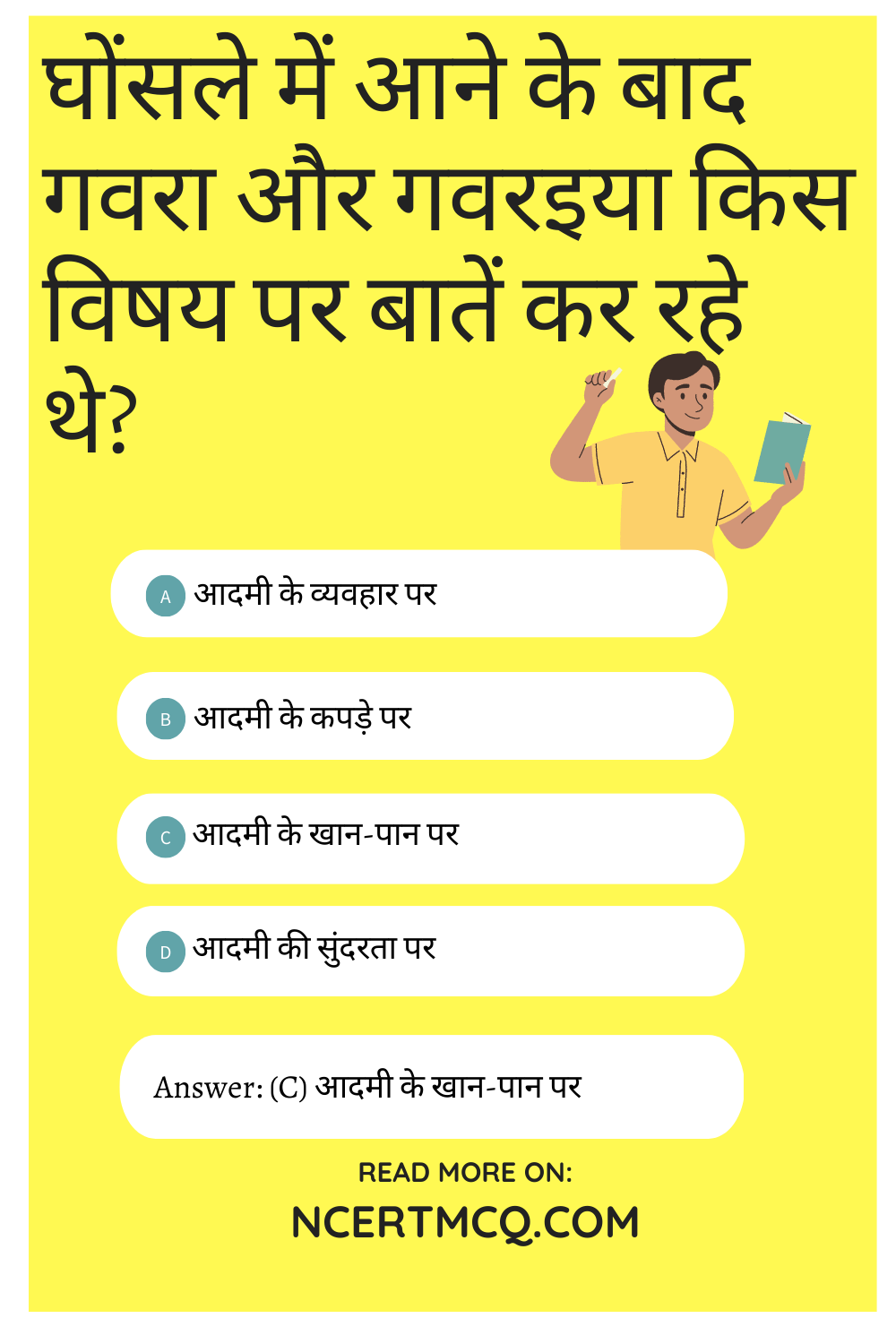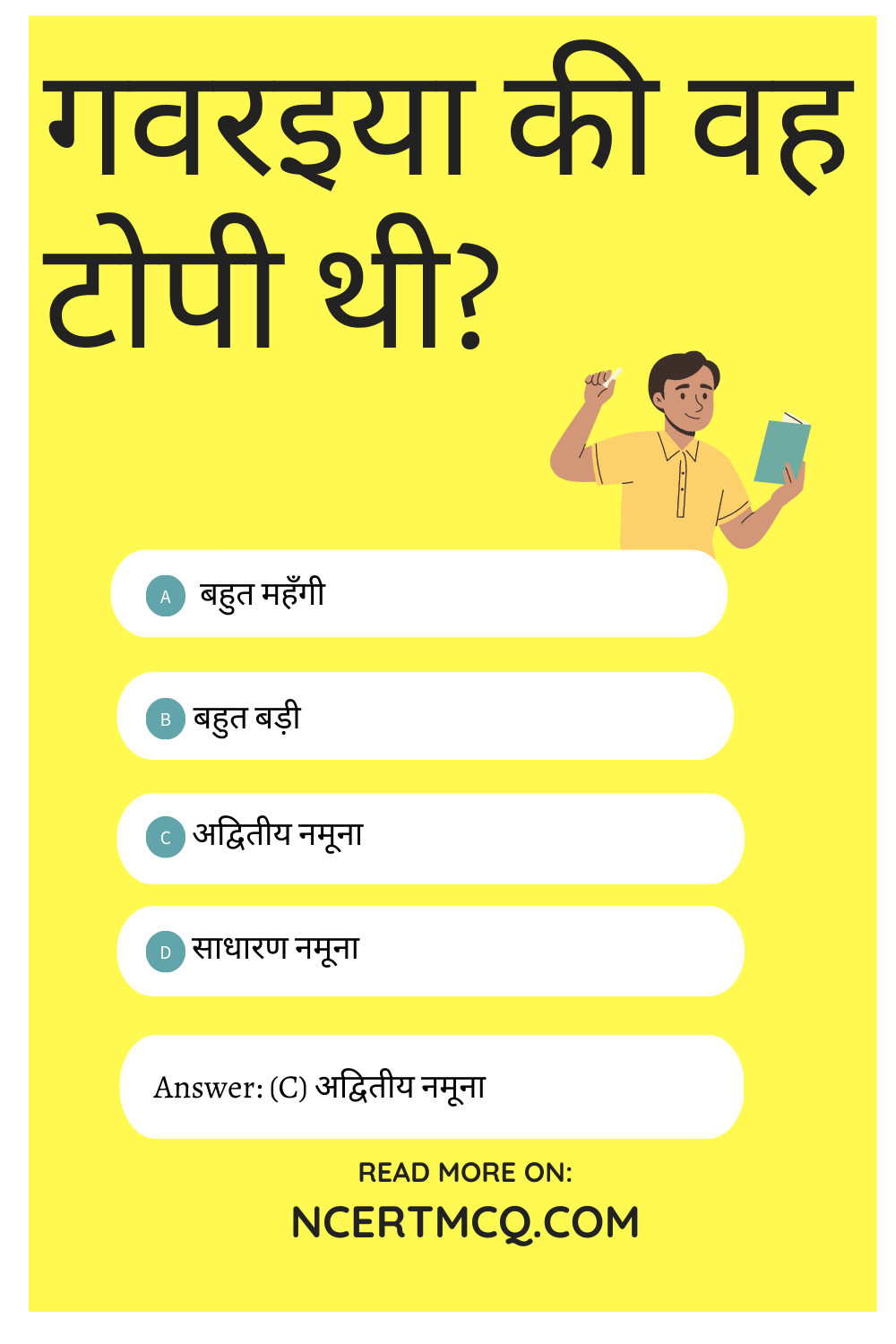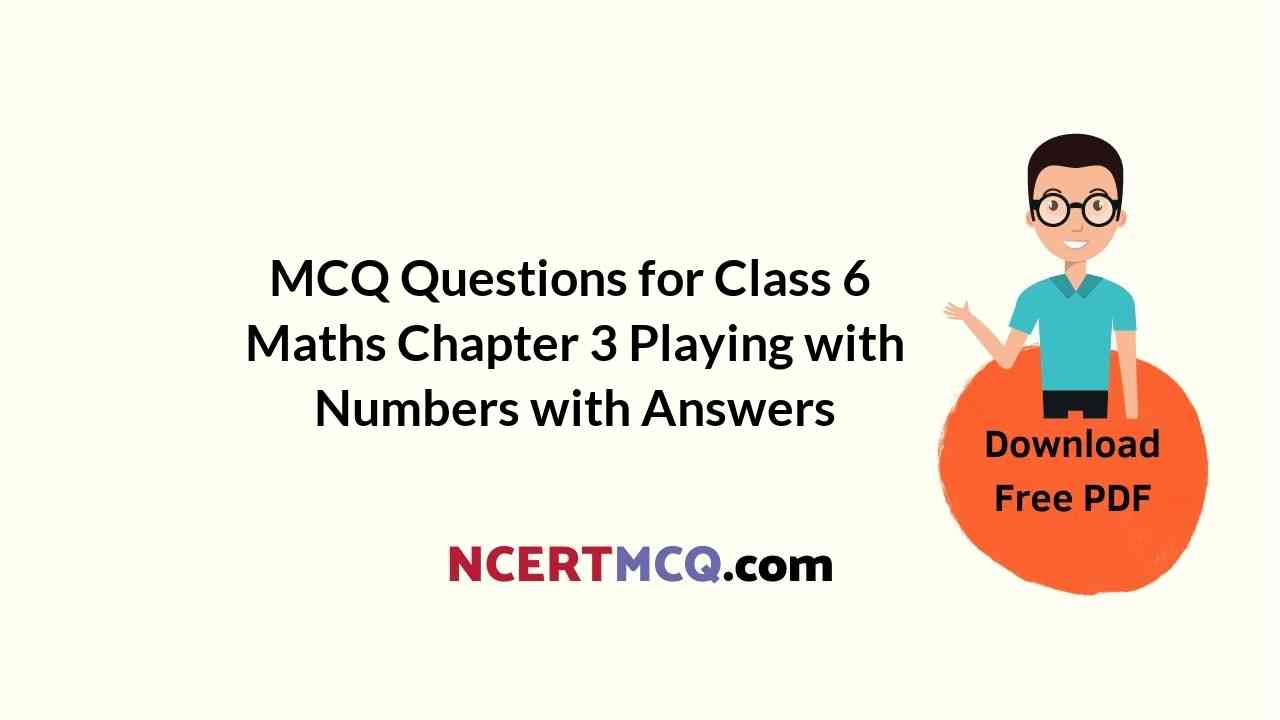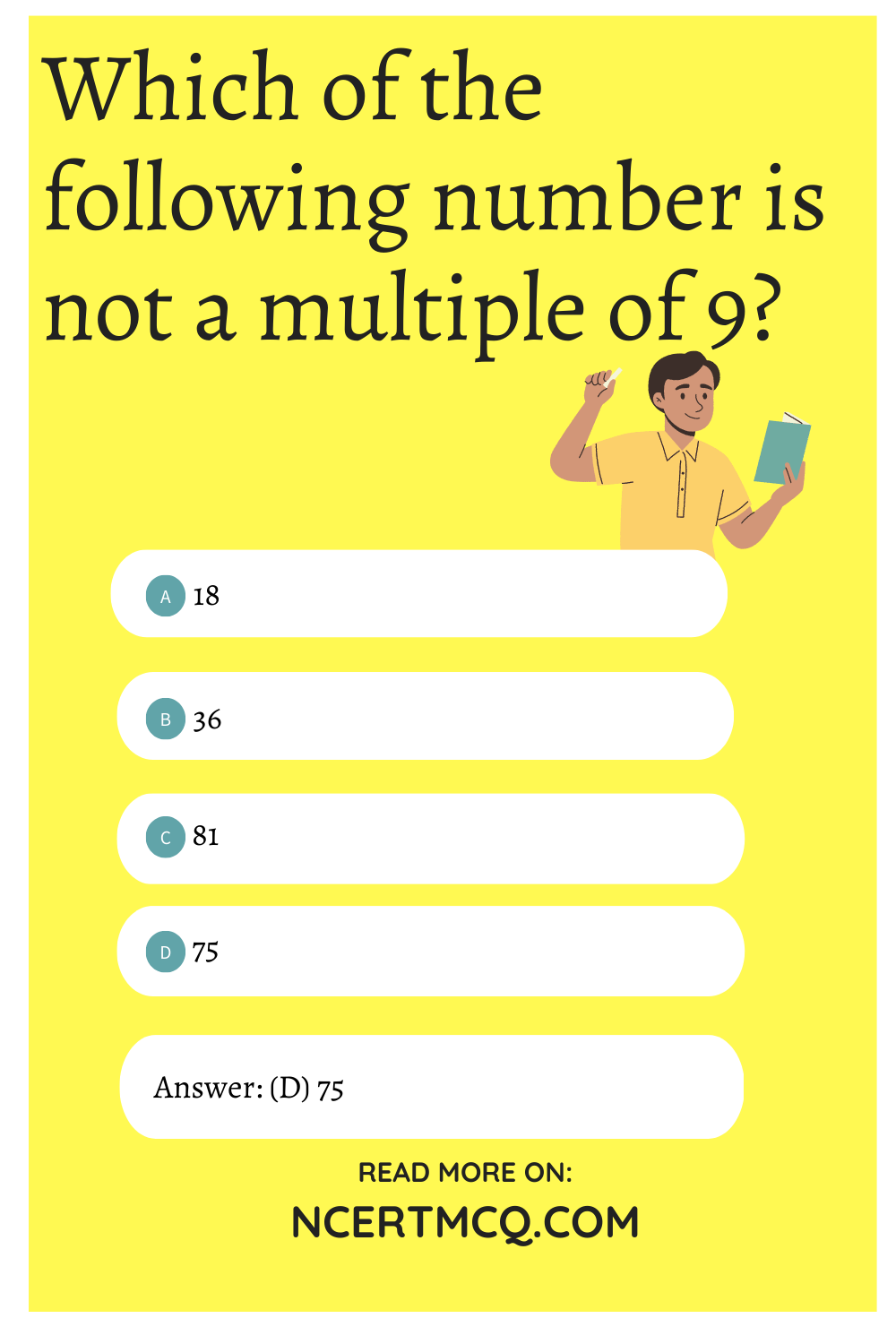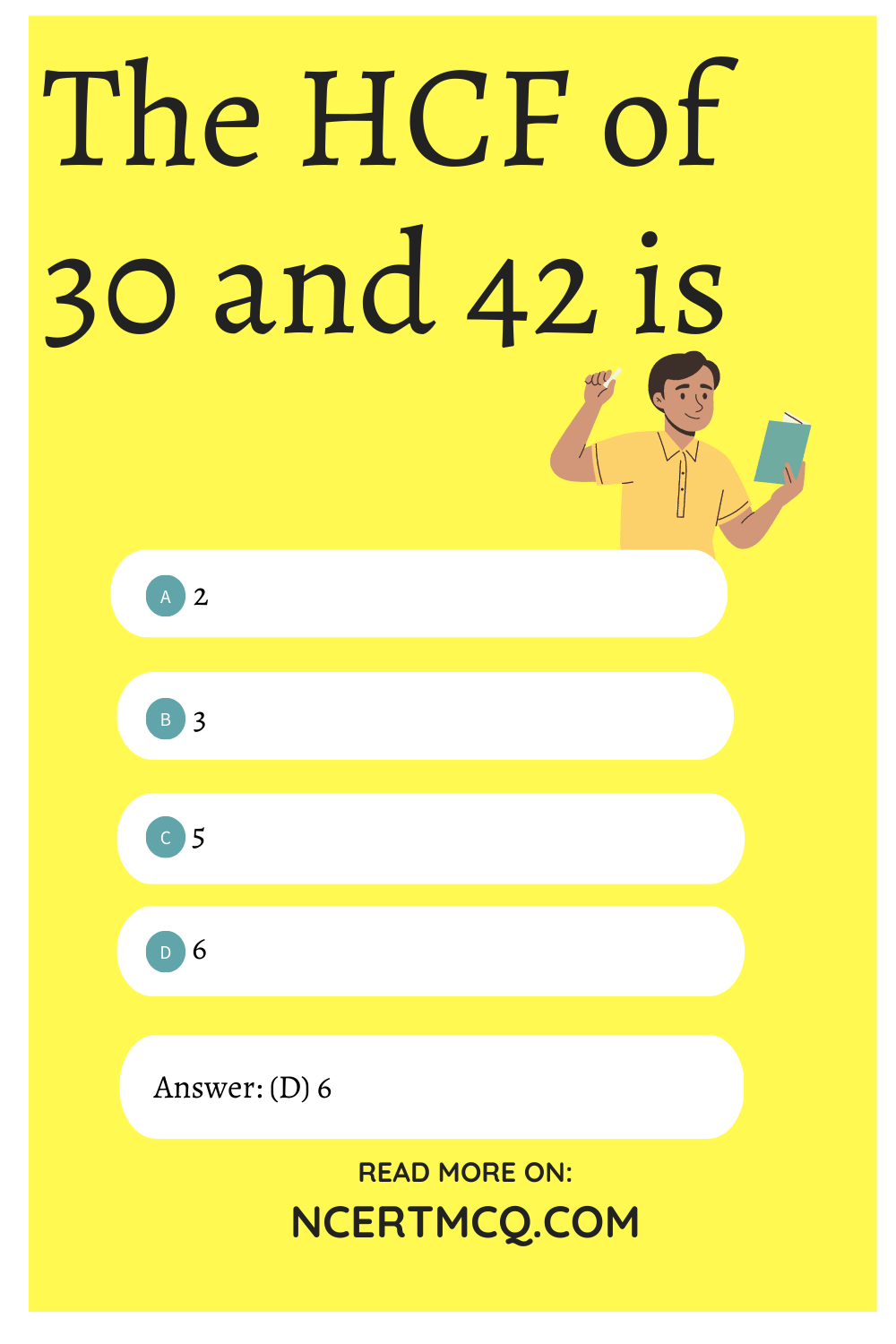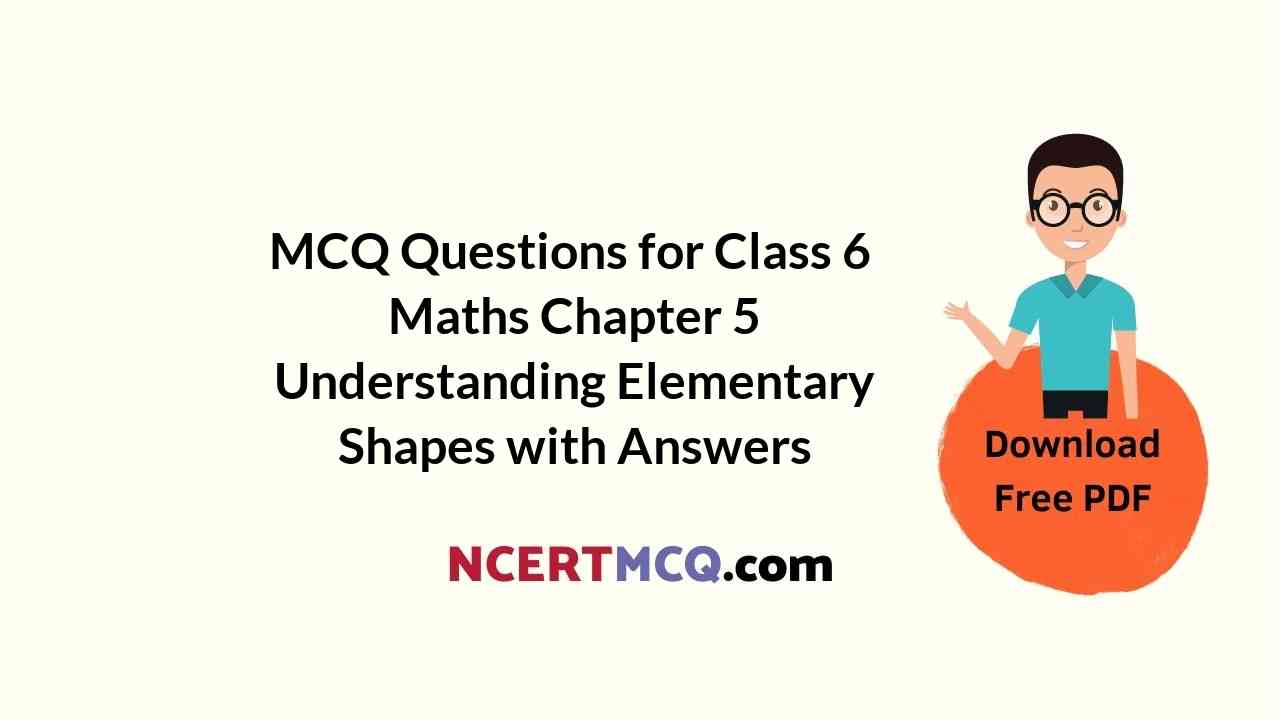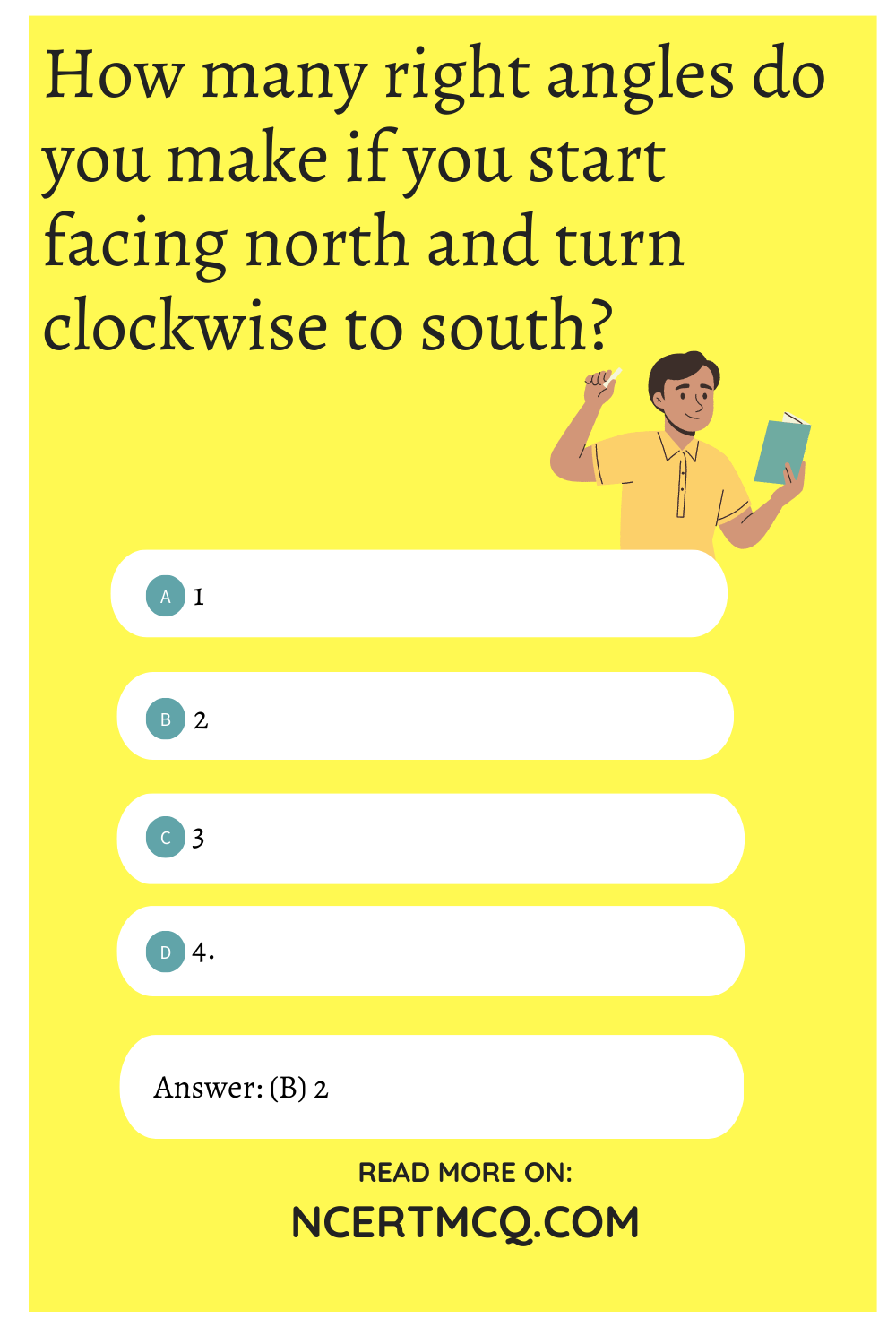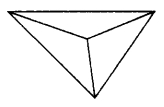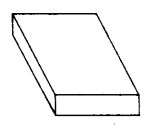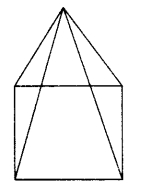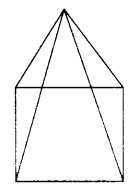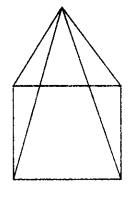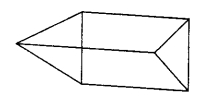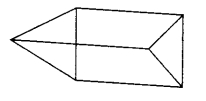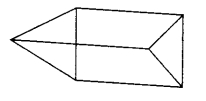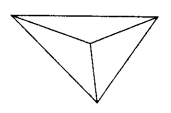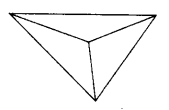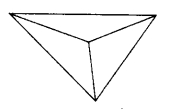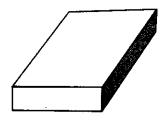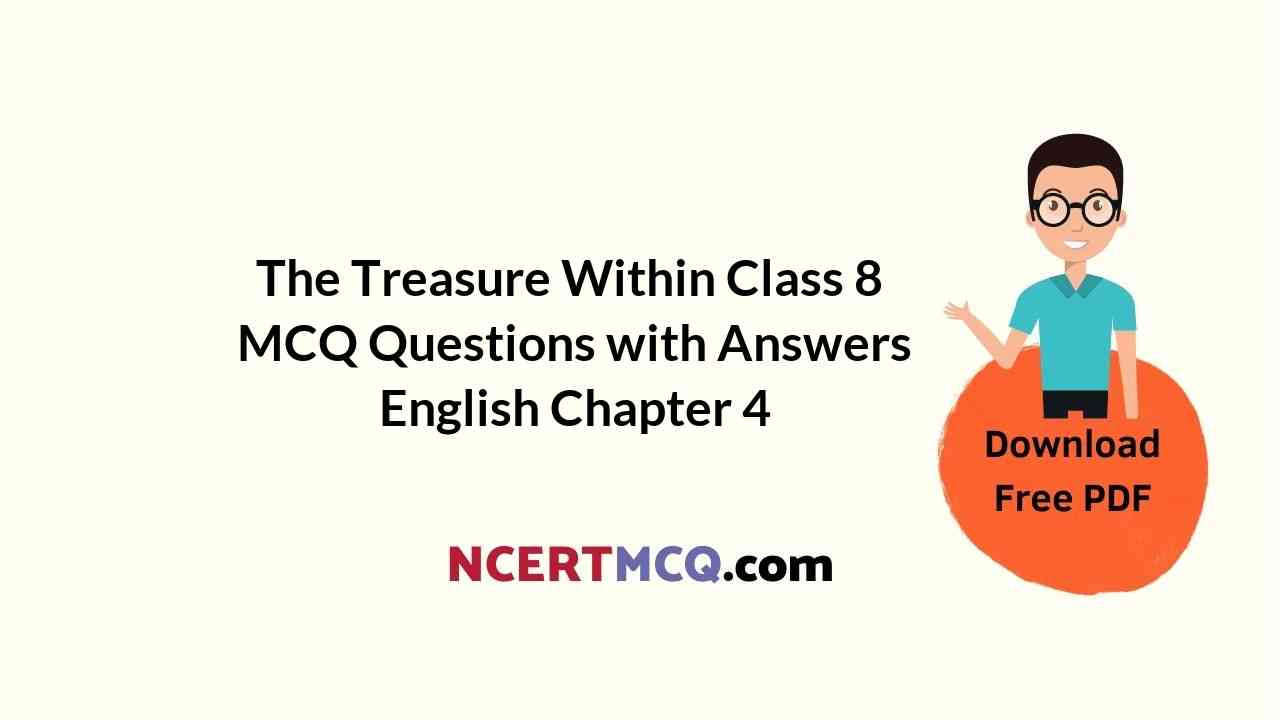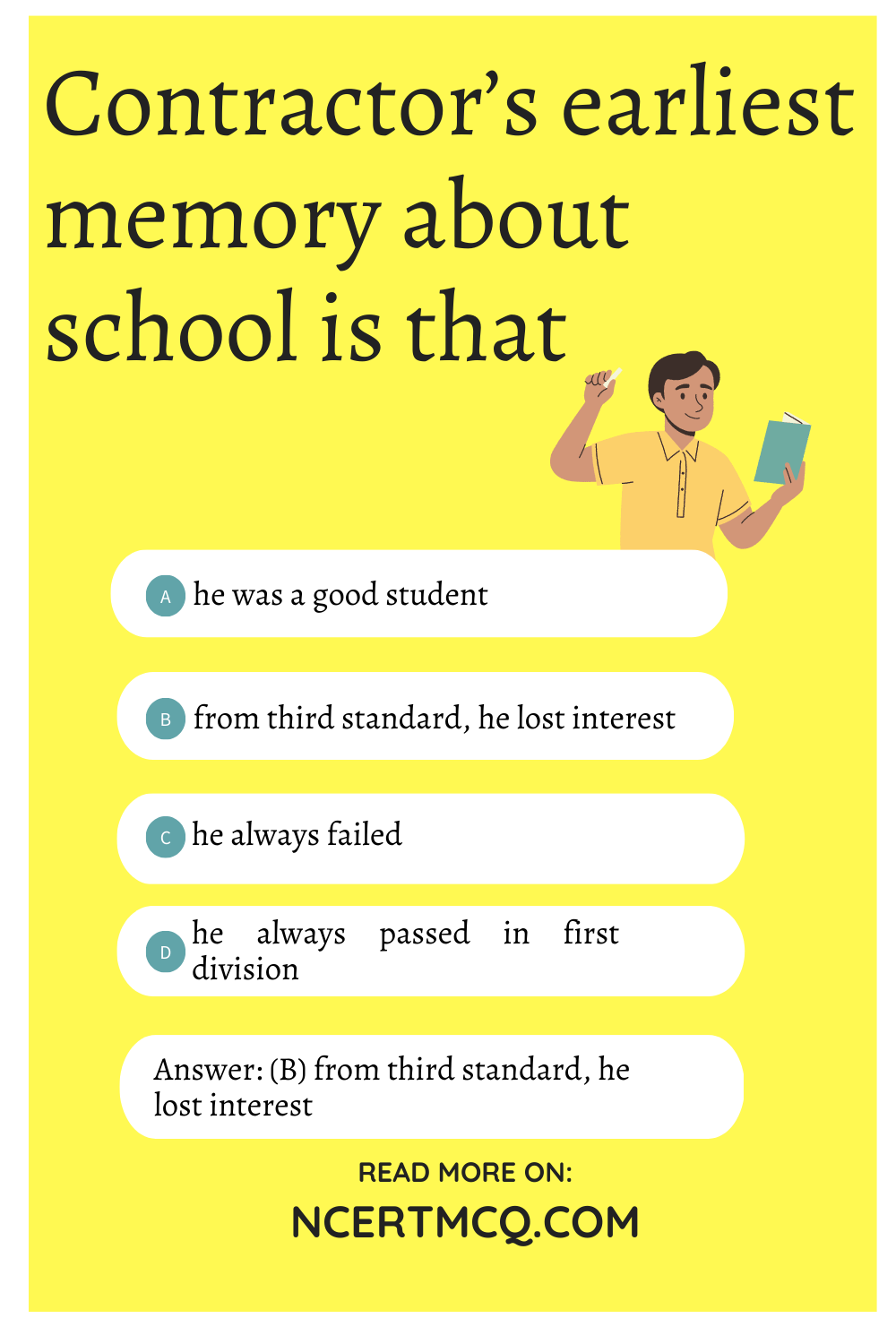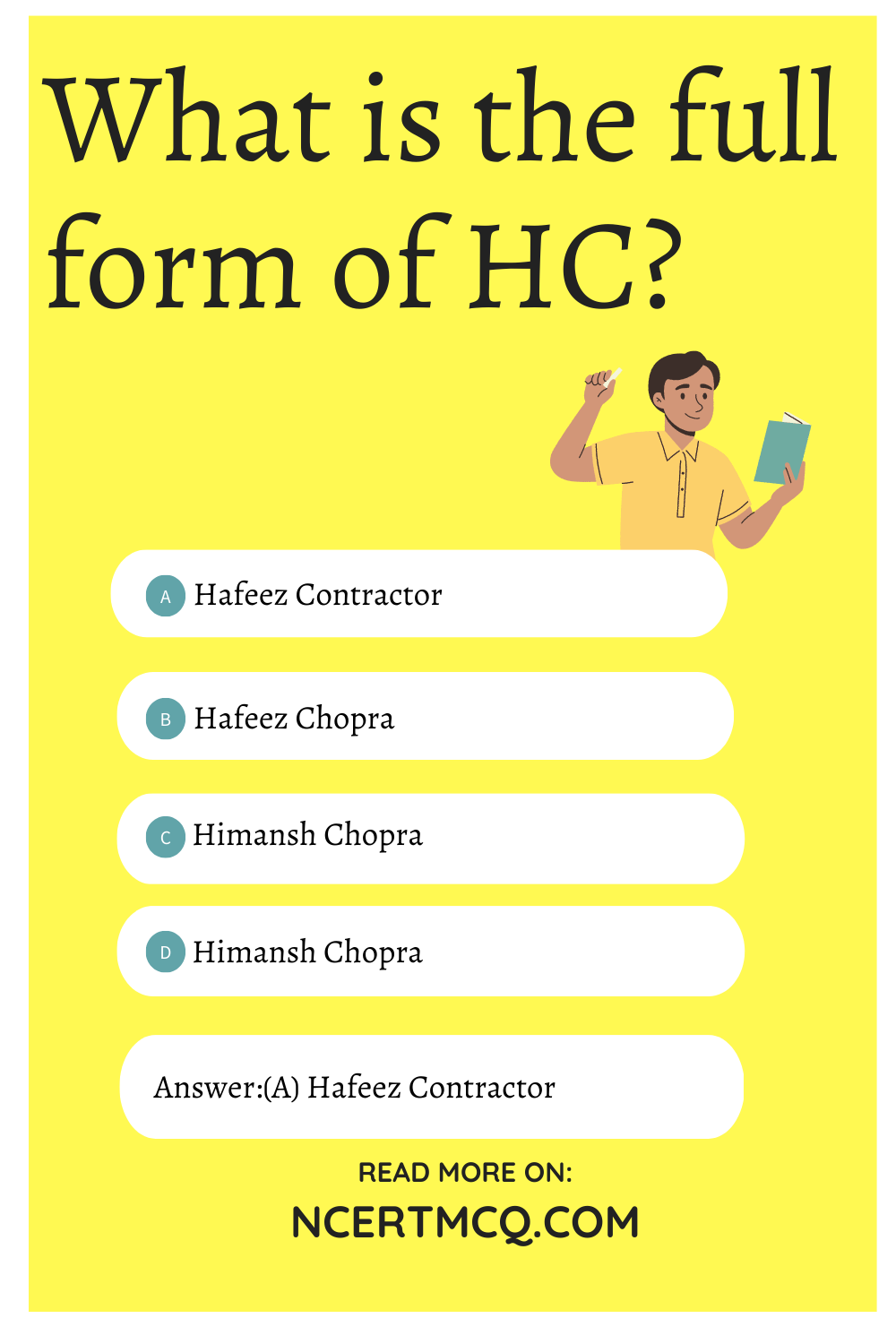Check the below NCERT MCQ Questions for Class 8 Hindi Vasant Chapter 2 लाख की चूड़ियाँ with Answers Pdf free download. MCQ Questions for Class 8 Hindi with Answers were prepared based on the latest exam pattern. We have provided लाख की चूड़ियाँ Class 8 Hindi MCQs Questions with Answers to help students understand the concept very well. https://ncertmcq.com/mcq-questions-for-class-8-hindi-with-answers/
Students can also read NCERT Solutions for Class 8 Hindi Chapter 2 Questions and Answers at LearnInsta. Here all questions are solved with a detailed explanation, It will help to score more marks in your examinations.
लाख की चूड़ियाँ Class 8 MCQs Questions with Answers
Class 8 Hindi Chapter 2 MCQ Question 1.
लाख की चूड़ियाँ कौन बनाता था?
(a) लेखक का मामा
(b) लेखक
(c) बदलू
(d) डबलू
Answer
Answer: (c) बदलू
MCQ Questions For Class 8 Hindi Chapter 2 Question 2.
बंदलू कैसी चूड़ियाँ बनाता था?
(a) काँच की
(b) सोने की
(c) लाख की
(d) चाँदी की
Answer
Answer: (c) लाख की
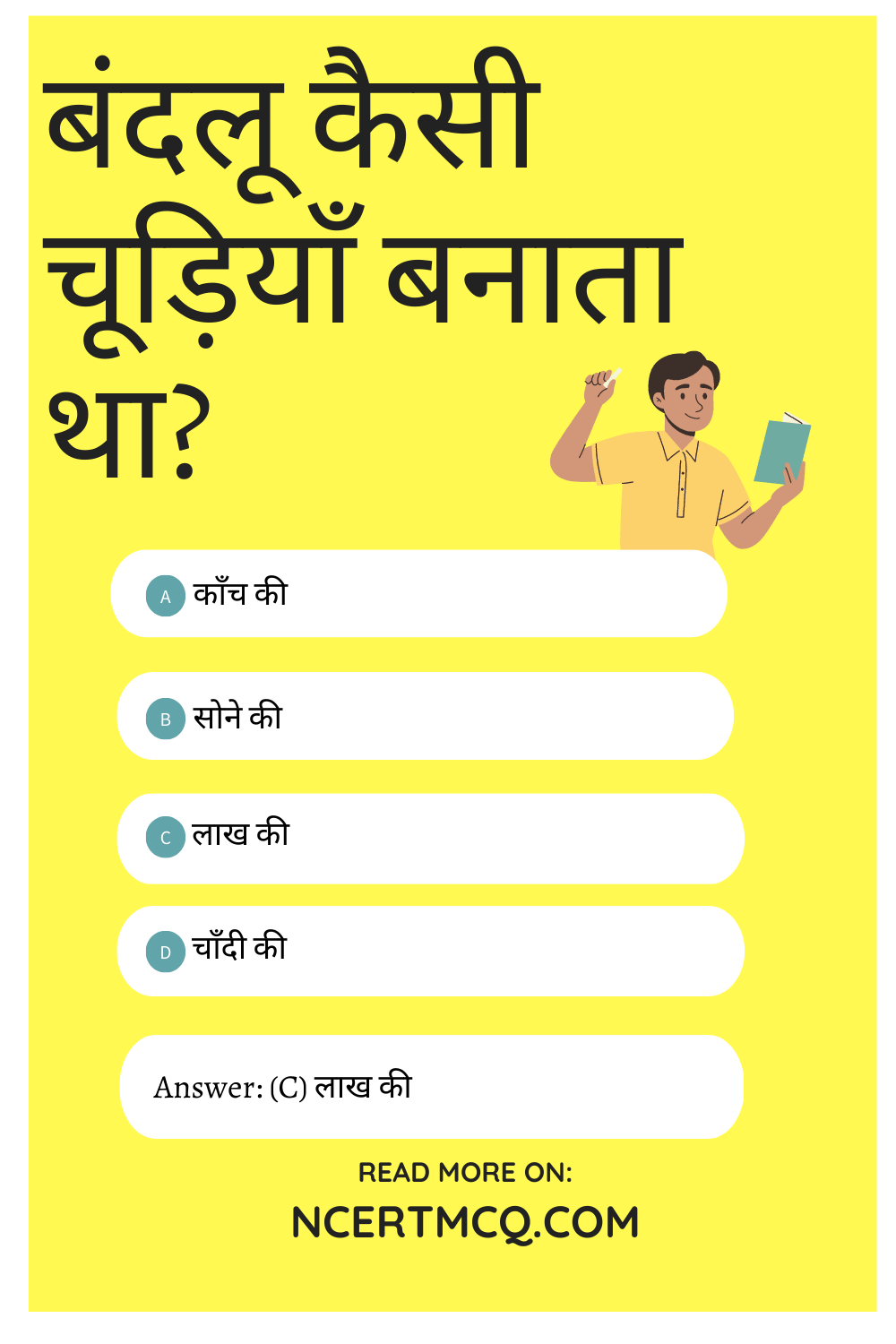
Lakh Ki Chudiyan Class 8 MCQ Question 3.
बदलू कौन था?
(a) लोहार
(b) सुनार
(c) मनिहार
(d) बढ़ई
Answer
Answer: (c) मनिहार
Class 8 Hindi Ch 2 MCQ Question 4.
लेखक अधिकतर बदलू से कब मिलता था?
(a) रात में
(b) सवेरे
(c) दोपहर में
(d) शाम में
Answer
Answer: (c) दोपहर में
Ncert Class 8 Hindi Chapter 2 MCQ Question 5.
बदलू प्रतिदिन कितनी चूड़ियाँ बना लिया करता था?
(a) तीन-चार जोड़े
(b) चार-पाँच जोड़े
(c) चार-छह जोड़े
(d) छह-सात जोड़े
Answer
Answer: (c) चार-छह जोड़े
Ch 2 Hindi Class 8 MCQ Question 6.
बेलन पर चढ़ी चूड़ियाँ बदलू को कैसी लगती थी?
(a) नई जैसी
(b) नारी की कलाइयों जैसी
(c) बहुत सुंदर
(d) नववधू की कलाई पर सजी जैसी
Answer
Answer: (d) नववधू की कलाई पर सजी जैसी
Class 8 Chapter 2 Hindi MCQ Question 7.
पिता की बदली होने का लेखक पर क्या प्रभाव पड़ा?
(a) वह उदास हो गया
(b) वह मामा के घर न जा सका
(c) उसे नए मित्र मिले
(d) मामा का घर नजदीक हो गया
Answer
Answer: (b) वह मामा के घर न जा सका
Hindi Class 8 Chapter 2 MCQ Question 8.
रज्जो कौन थी?
(a) लेखक के मामा की लड़की
(b) लेखक के पड़ोसी की लड़की
(c) बदलू की लड़की
Answer
Answer: (d) बदलू की भतीजी
(1)
वैसे तो मामा के गाँव का होने के कारण मुझे बदलू को ‘बदलू मामा’ कहना चाहिए था परंतु मैं उसे ‘बदलू मामा’ न कहकर बदलू काका कहा करता था जैसा कि गाँव के सभी बच्चे उसे कहा करते थे। बदलू का मकान कुछ ऊँचे पर बना था। मकान के सामने बड़ा-सा सहन था जिसमें एक पुराना नीम का वृक्ष लगा था। उसी के नीचे बैठकर बदलू अपना काम किया करता था। बगल में भट्ठी दहकती रहती जिसमें वह लाख पिघलाया करता। सामने एक लकड़ी की चौखट पड़ी रहती जिस पर लाख के मुलायम होने पर वह उसे सलाख के समान पतला करके चूड़ी का आकार देता। पास में चार-छह विभिन्न आकार की बेलननुमा मुँगेरियाँ रखी रहती जो आगे से कुछ पतली और पीछे से मोटी होतीं। लाख की चूड़ी का आकार देकर वह उन्हें मुंगेरियों पर चढ़ाकर गोल और चिकना बनाता और तब एक-एक कर पूरे हाथ की चूड़ियाँ बना चुकने के पश्चात वह उन पर रंग करता।
Chapter 2 Hindi Class 8 MCQ Question 1.
बदलू कहाँ का रहने वाला था?
(a) लेखक के गाँव का
(b) लेखक के पड़ोस के गाँव का
(c) लेखक के मामा के गाँव का
(d) इनमें से कोई नहीं लाख की चूड़ियाँ
Answer
Answer: (c) लेखक के मामा के गाँव का
Class 8 Hindi Chapter 2 Extra Questions Question 2.
लेखक बदलू को ‘बदलू काका’ क्यों कहता था?
(a) क्योंकि वह लेखक के गाँव का था
(b) क्योंकि गाँव के सभी बच्चे उसे बदलू काका ही कहते थे
(c) क्योंकि वह इसी नाम से खुश होता था
(d) क्योंकि वह लेखक का चाचा था।
Answer
Answer: (b) क्योंकि गाँव के सभी बच्चे उसे बदलू काका ही कहते थे
Class 8 Ch 2 Hindi MCQ Question 3.
बदलू कहाँ बैठकर अपना काम करता था?
(a) ऑफिस में
(b) अपने घर के अंदर
(c) नीम के पेड़ के नीचे
(d) एक झोपड़ी में
Answer
Answer: (c) नीम के पेड़ के नीचे
Hindi Chapter 2 Class 8 MCQ Question 4.
भट्ठी में बदलू क्या पिघलाया करता था?
(a) चूड़ी
(b) लाख
(c) तांबा
(d) मोम
Answer
Answer: (b) लाख
Class 8th Hindi Chapter 2 MCQ Question 5.
लाख की चूड़ियाँ बनाने के लिए बदलू किसका प्रयोग करता था?
(a) मोम
(b) गोलबास
(c) बोलननुमा मुंगेरियाँ
(d) लकड़ी की कटोरियाँ
Answer
Answer: (c) बोलननुमा मुंगेरियाँ
Class 8 Hindi MCQ Chapter 2 Question 6.
बदलू लाख की चूड़ियाँ कैसे बनाता था?
(a) पहले लाख को मुलायम करता था
(b) मुंगरियों पर चढ़ाकर फिर चूड़ियों को गोल आकार देता था
(c) फिर उन पर रंग करता
(d) उपर्युक्त सभी
Answer
Answer: (d) उपर्युक्त सभी
(2)
बदलू यह कार्य सदा ही एक मचिये पर बैठकर किया करता था जो बहुत ही पुरानी थी। बगल में ही उसका हुक्का रखा रहता जिसे वह बीच-बीच में पीता रहता। गाँव में मेरा दोपहर का समय अधिकतर बदलू के पास बीता। वह मुझे ‘लला’ कहा करता और मेरे पहुँचते ही मेरे लिए तुरंत एक मचिया मँगा देता। मैं घंटों बैठे-बैठे उसे इस प्रकार चूड़ियाँ बनाते देखता रहता। लगभग रोज ही वह चार-छह जोड़े चूड़ियाँ बनाता। पूरा जोड़ा बना लेने पर वह उसे बेलन पर चढ़ाकर कुछ क्षण चुपचाप देखता रहता मानो वह बेलन न होकर किसी नव-वधू की कलाई हो।
Question 1.
बदलू मचिये पर बैठकर क्या कार्य करता था?
(a) लोहे का बर्तन बनाता था
(b) जूते बनाता था
(c) लाख की चूड़ियाँ बनाता था
(d) हुक्का पीता रहता था
Answer
Answer: (c) लाख की चूड़ियाँ बनाता था
Question 2.
गाँव में लेखक का अधिकतर समय कहाँ बीतता था?
(a) मामा के घर में
(b) खेल के मैदान में
(c) मामा के बगीचे में
(d) बदलू काका के पास
Answer
Answer: (d) बदलू काका के पास
Question 3.
लेखक को बदलू क्या कहकर बुलाता था?
(a) भानजा
(b) बच्चा
(c) लला
(d) कामतानाथ
Answer
Answer: (c) लला
Question 4.
बदलू लेखक को कहाँ बिठाता था?
(a) चबूतरे पर
(b) चौकी पर
(c) कुरसी पर
(d) मचिया पर
Answer
Answer: (d) मचिया पर
Question 5.
बेलन पर चढ़ी चूड़ियाँ बदलू को कैसी लगती थी?
(a) सोने जैसे
(b) चमकदार
(c) बहुत सुंदर
(d) नव-वधू की कलाई पर सजी जैसी
Answer
Answer: (d) नव-वधू की कलाई पर सजी जैसी
(3)
बदलू मनिहार था। चूड़ियाँ बनाना उसका पैतृक पेशा था और वास्तव में वह बहुत ही सुंदर चूड़ियाँ बनाता था। उसकी बनाई हुई चूड़ियों की खपत भी बहुत थी। उस गाँव में तो सभी स्त्रियाँ उसकी बनाई हुई चूड़ियाँ पहनती ही थीं। आस-पास के गाँवों के लोग भी उससे चूड़ियाँ ले जाते थे परंतु वह कभी भी चूड़ियों को पैसों से बेचता न था। उसका अभी तक वस्तु-विनिमय का तरीका था और लोग अनाज के बदले उससे चूड़ियाँ ले जाते थे। बदलू स्वभाव से बहुत सीधा था। मैंने कभी भी उसे किसी से झगड़ते नहीं देखा। हाँ, शादी-विवाह के अवसरों पर वह अवश्य ज़िद पकड़ जाता था। जीवन भर चाहे कोई उससे मुफ्त चूड़ियाँ ले जाए परंतु विवाह के अवसर पर वह सारी कसर निकाल लेता था। आखिर सुहाग के जोड़े का महत्त्व ही और होता है।
Question 1.
बदलू क्या था?
(a) कुम्हार
(b) मनिहार
(c) मोची
(d) किसान
Answer
Answer: (b) मनिहार
Question 2.
बदलू का पैतृक पेशा क्या था?
(a) काँच की चूड़ियाँ बनाना
(b) लाख की चूड़ियाँ बनाना
(c) अनाज उपजाना
(d) सब्जी बेचना
Answer
Answer: (b) लाख की चूड़ियाँ बनाना
Question 3.
वह चूड़ियाँ कैसे बेचता था?
(a) पैसे लेकर
(b) अनाज लेकर
(c) कोई भी वस्तु लेकर
Answer
Answer: (b) अनाज लेकर
Question 4.
उसकी बनाई चूड़ियों की खपत कहाँ होती थी?
(a) शहरों में
(b) कस्बों में
(c) आस-पास के गाँवों में
(d) दूसरे शहरों में
Answer
Answer: (b) कस्बों में
Question 5.
शादी-विवाह के अवसर पर बदलू किस बात के लिए जिद पकड़ता था?
(a) चूड़ियाँ देने के लिए
(b) वस्तुएँ प्राप्त करने के लिए
(c) अधिक पैसे लेने के लिए
(d) मुफ़्त चूड़ियाँ देने के लिए
Answer
Answer: (b) वस्तुएँ प्राप्त करने के लिए
Question 6.
‘पैतृक’ शब्द में प्रयुक्त प्रत्यय कौन-सा है?
(a) क
(b) इक
(c) अक
(d) ऋक
Answer
Answer: (d) ऋक
(4)
मैं बहुधा हर गरमी की छुट्टी में अपने मामा के यहाँ चला जाता और एक-आध महीने वहाँ रहकर स्कूल खुलने के समय तक वापस आ जाता। परंतु दो-तीन बार ही मैं अपने मामा के यहाँ गया होऊँगा तभी मेरे पिता की एक दूर के शहर में बदली हो गई और एक लंबी अवधि तक मैं अपने मामा के गाँव न जा सका। तब लगभग आठ-दस वर्षों के बाद जब मैं वहाँ गया तो इतना बड़ा हो चुका था कि लाख की गोलियों में मेरी रुचि नहीं रह गई थी। अतः गाँव में होते हुए भी कई दिनों तक मुझे बदलू का ध्यान न आया।
इस बीच मैंने देखा कि गाँव में लगभग सभी स्त्रियाँ काँच की चूड़ियाँ पहने हैं। विरले ही हाथों में मैंने लाख की चूड़ियाँ देखीं। तब एक दिन सहसा मुझे बदलू का ध्यान हो आया। बात यह हुई कि बरसात में मेरे मामा की छोटी लड़की आँगन में फिसलकर गिर पड़ी और उसके हाथ की काँच की चूड़ी टूटकर उसकी कलाई में घुस गई और उससे खून बहने लगा। मेरे मामा उस समय घर पर न थे। मुझे ही उसकी मरहम-पट्टी करनी पड़ी। तभी सहसा मुझे बदलू का ध्यान हो आया और मैंने सोचा कि उससे मिल आऊँ। अतः शाम को मैं घूमते-घूमते उसके घर चला गया। बदलू वहीं चबूतरे पर नीम के नीचे एक खाट पर लेटा था।
Question 1.
लेखक लंबे अर्से तक मामा के यहाँ क्यों नहीं जा सका?
(a) क्योंकि उसे अब मामा के गाँव में मन नहीं लगता था।
(b) क्यों वह अब विदेश में रहने लगा था।
(c) क्योंकि उसका मामा अब गाँव छोड़कर बाहर चला गया था।
(d) क्योंकि लेखक के पिता का तबादला गाँव से दूर हो गया था।
Answer
Answer: (b) क्यों वह अब विदेश में रहने लगा था।
Question 2.
लेखक प्राय: गरमियों की छुट्टियों में कहाँ जाता था?
(a) दादा जी के घर
(b) अपने मामा के घर
(c) अपने मित्रों के घर
(d) कहीं नहीं
Answer
Answer: (d) कहीं नहीं
Question 3.
जब 8-10 वर्षों के बाद लेखक मामा के गाँव गया तो क्या परिवर्तन पाया?
(a) गाँव बदल गए थे
(b) बच्चों के हाथ में गोलियाँ थीं
(c) लाख की चूड़ियाँ घर-घर बनने शुरू हो गए थे
(d) औरतों ने लाख की चूड़ियाँ पहनना बंद कर दिए थे।
Answer
Answer: (d) औरतों ने लाख की चूड़ियाँ पहनना बंद कर दिए थे।
Question 4.
मामा की छोटी लड़की को क्या हो गया?
(a) वह आँगन में फिसलकर गिर गई थी
(b) काँच की चूड़ी टूटकर उसकी कलाई में घुस गई
(c) उसके हाथ से खून बहने लगा
(d) उपर्युक्त सभी।
Answer
Answer: (c) उसके हाथ से खून बहने लगा
Question 5.
लेखक को बदलू कहाँ मिला?
(a) घर में
(b) खेत में
(c) नीम के पेड़ के नीचे
(d) मामा के घर पर
Answer
Answer: (a) घर में
Question 6.
‘बहुधा’ शब्द का विलोम शब्द है-
(a) कभी-कभी
(b) यदा कदा
(c) बराबर
(d) अकसर
Answer
Answer: (c) बराबर
(5)
अच्छा, बेटी, लला को चार-पाँच आम छाँटकर दो। सिंदूरी वाले देना। देखो लला कैसे हैं? इसी साल यह पेड़ तैयार हुआ है। रज्जो ने चार-पाँच आम अंजुली में लेकर मेरी ओर बढ़ा दिए। आम लेने के लिए मैंने हाथ बढ़ाया तो मेरी निगाह एक क्षण के लिए उसके हाथों पर ठिठक गई। गोरी-गोरी कलाइयों पर लाख की चूड़ियाँ बहुत ही फब रही थीं।
बदलू ने मेरी दृष्टि देख ली और बोल पड़ा, यही आखिरी जोड़ा बनाया था जमींदार साहब की बेटी के विवाह पर। दस आने पैसे मुझकों दे रहे थे। मैंने जोड़ा नहीं दिया। कहा, शहर से ले लाओ।
Question 1.
रज्जो कौन थी?
(a) बदलू की पत्नी
(b) बदलू की बेटी
(c) बदलू की बहन
(d) बदलू की भानजी
Answer
Answer: (b) बदलू की बेटी
Question 2.
रज्जो अंजुली में कितने आम लेकर आयी?
(a) एक
(b) दो-तीन
(c) तीन-चार
(d) चार-पाँच
Answer
Answer: (d) चार-पाँच
Question 3.
रज्जो कैसी चूड़ियाँ पहन रखी थी?
(a) काँच की
(b) सोने की
(c) लाख की
(d) चाँदी की
Answer
Answer: (c) लाख की
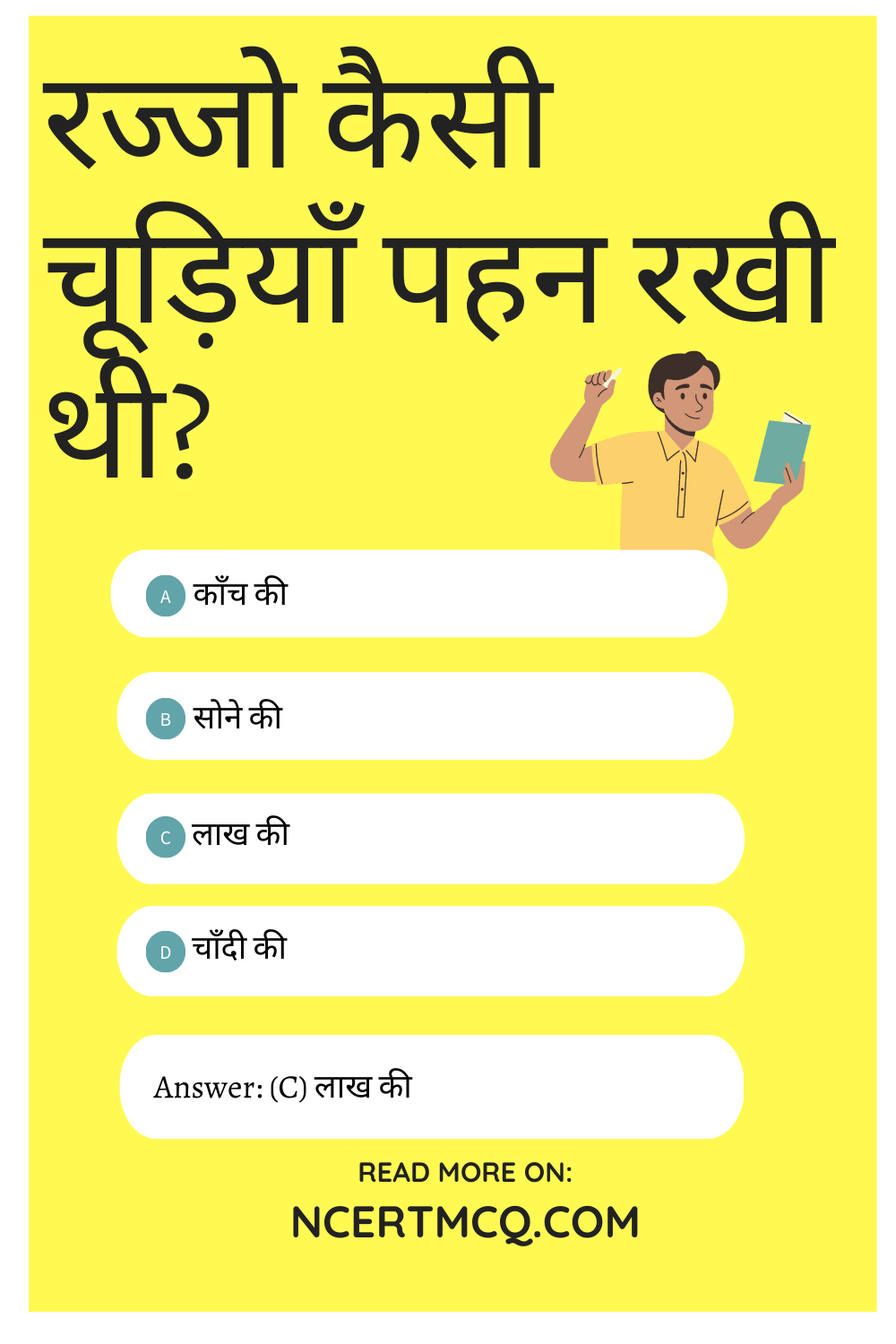
Question 4.
बदलू ने लाख की चूड़ियों का अंतिम जोड़ा कब बनाया था?
(a) लेखक के मामा की बेटी के विवाह पर
(b) जमींदार की बेटी के विवाह पर
(c) अपनी बेटी के विवाह पर
(d) शुरुआत में।
Answer
Answer: (b) जमींदार की बेटी के विवाह पर
We hope the given NCERT MCQ Questions for Class 8 Hindi Vasant Chapter 2 लाख की चूड़ियाँ with Answers Pdf free download will help you. If you have any queries regarding CBSE Class 8 Hindi लाख की चूड़ियाँ MCQs Multiple Choice Questions with Answers, drop a comment below and we will get back to you soon.
